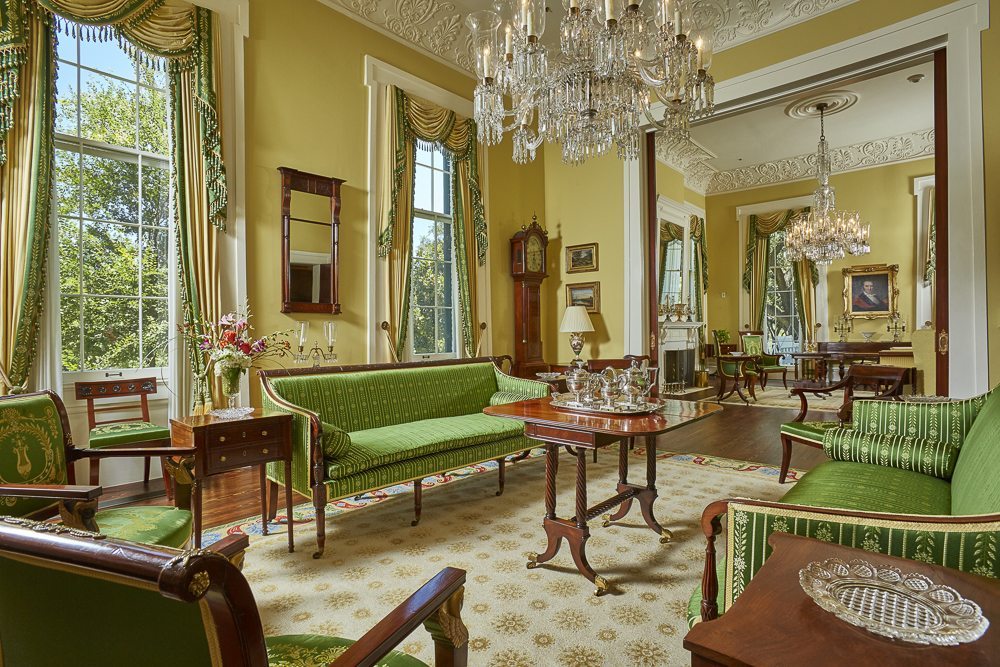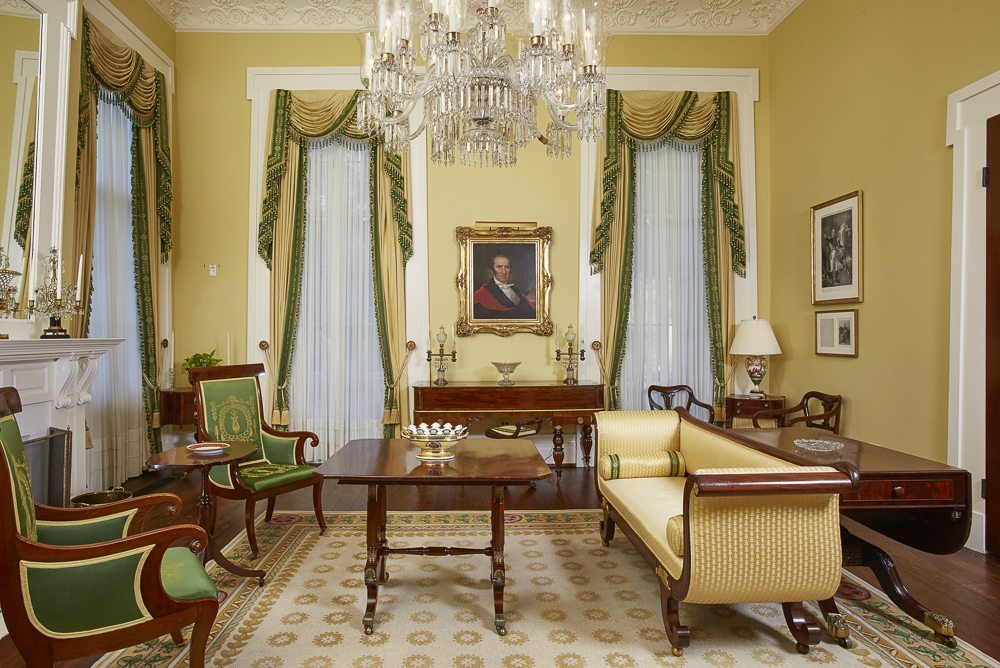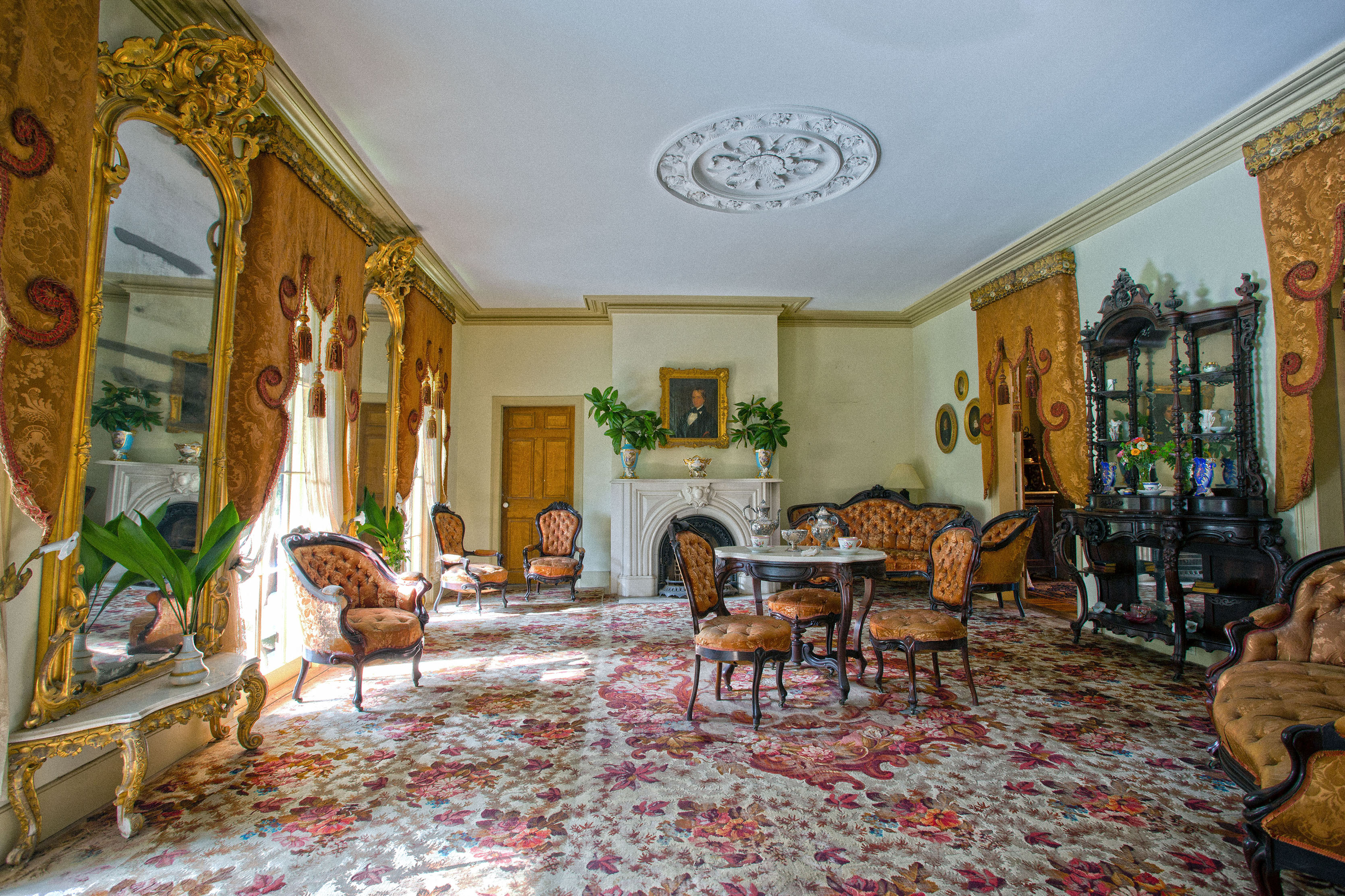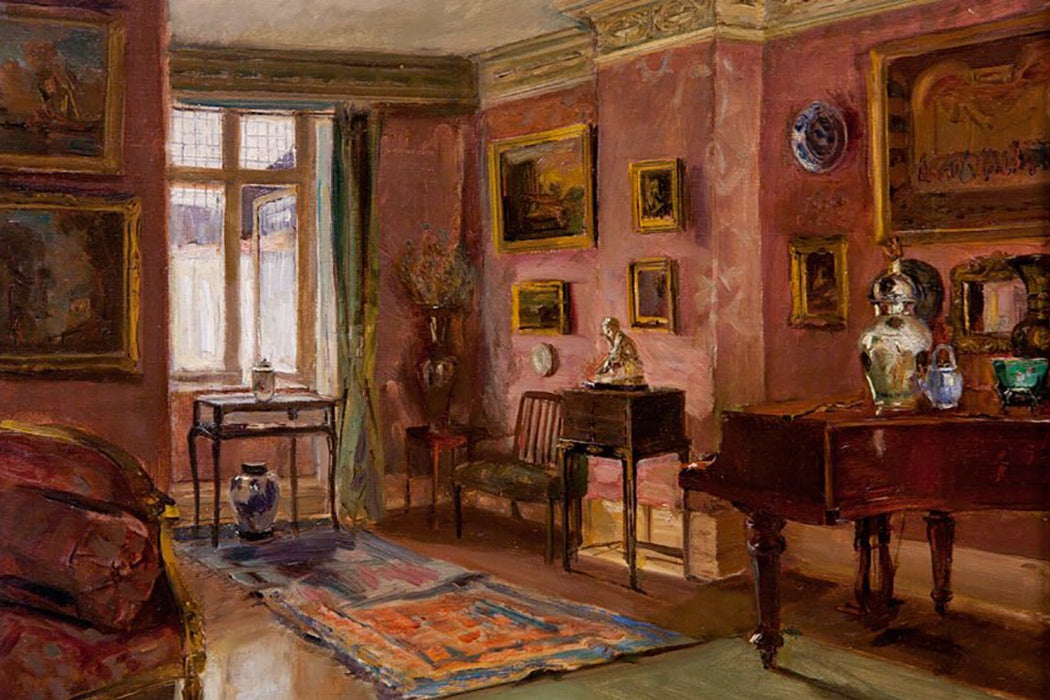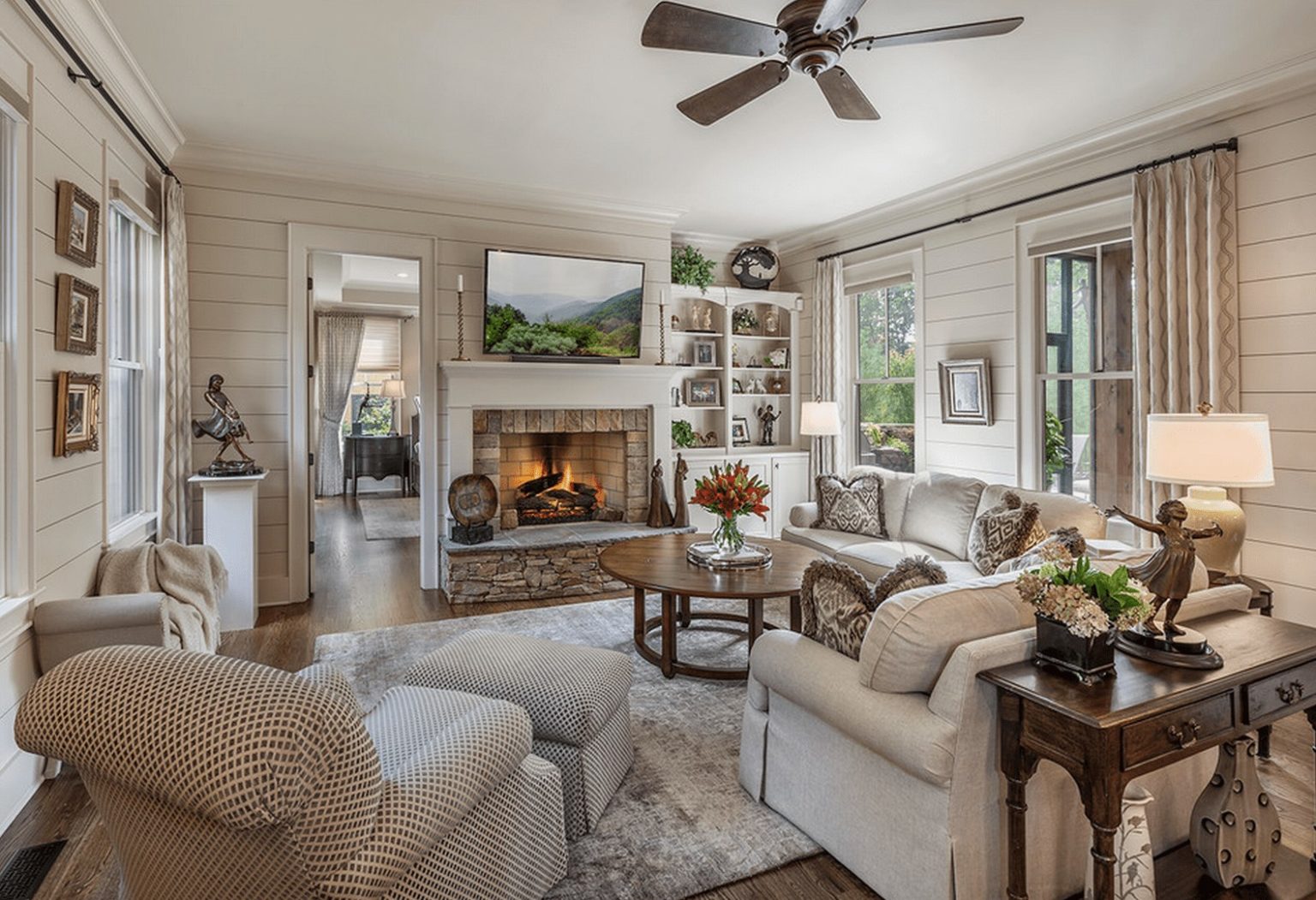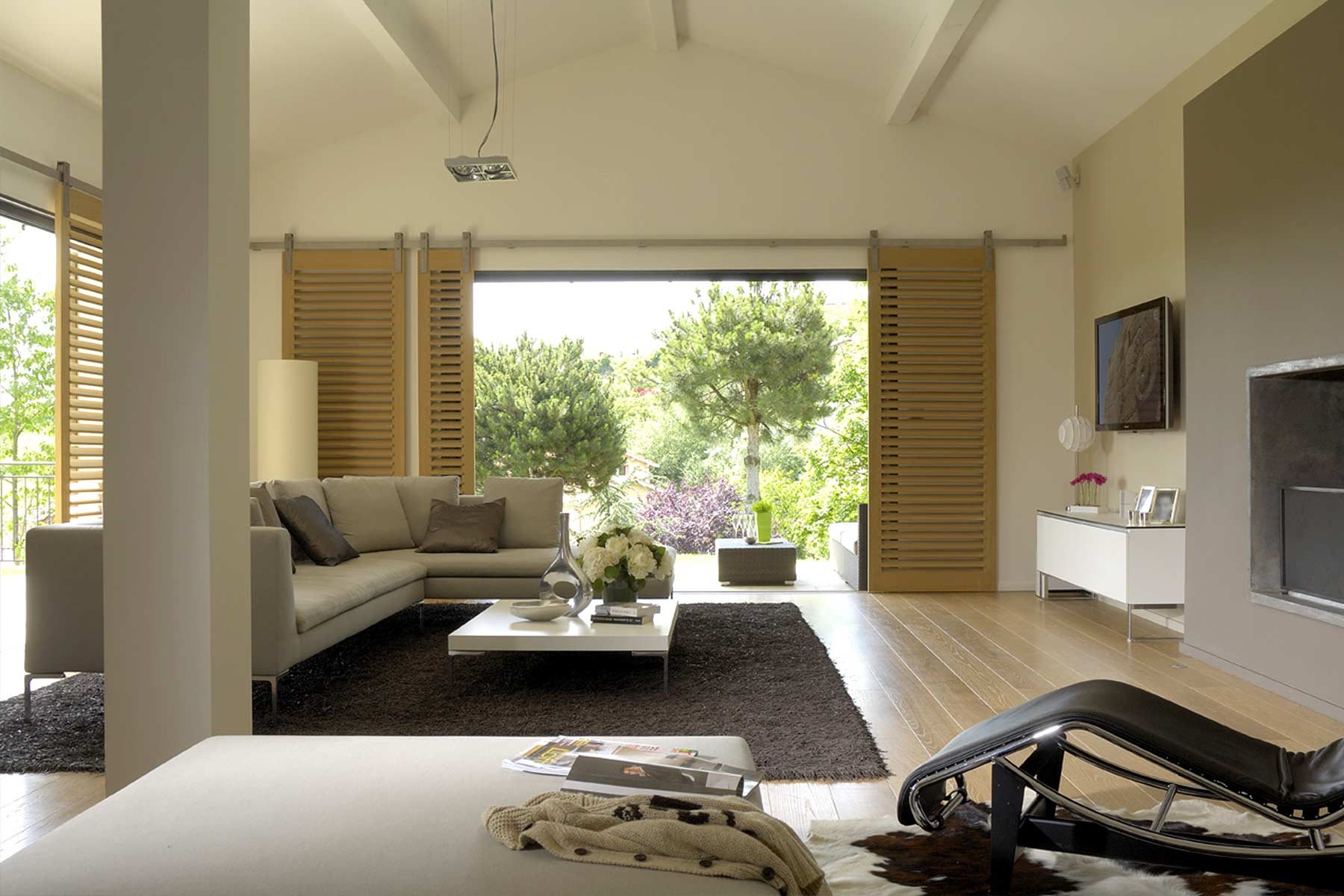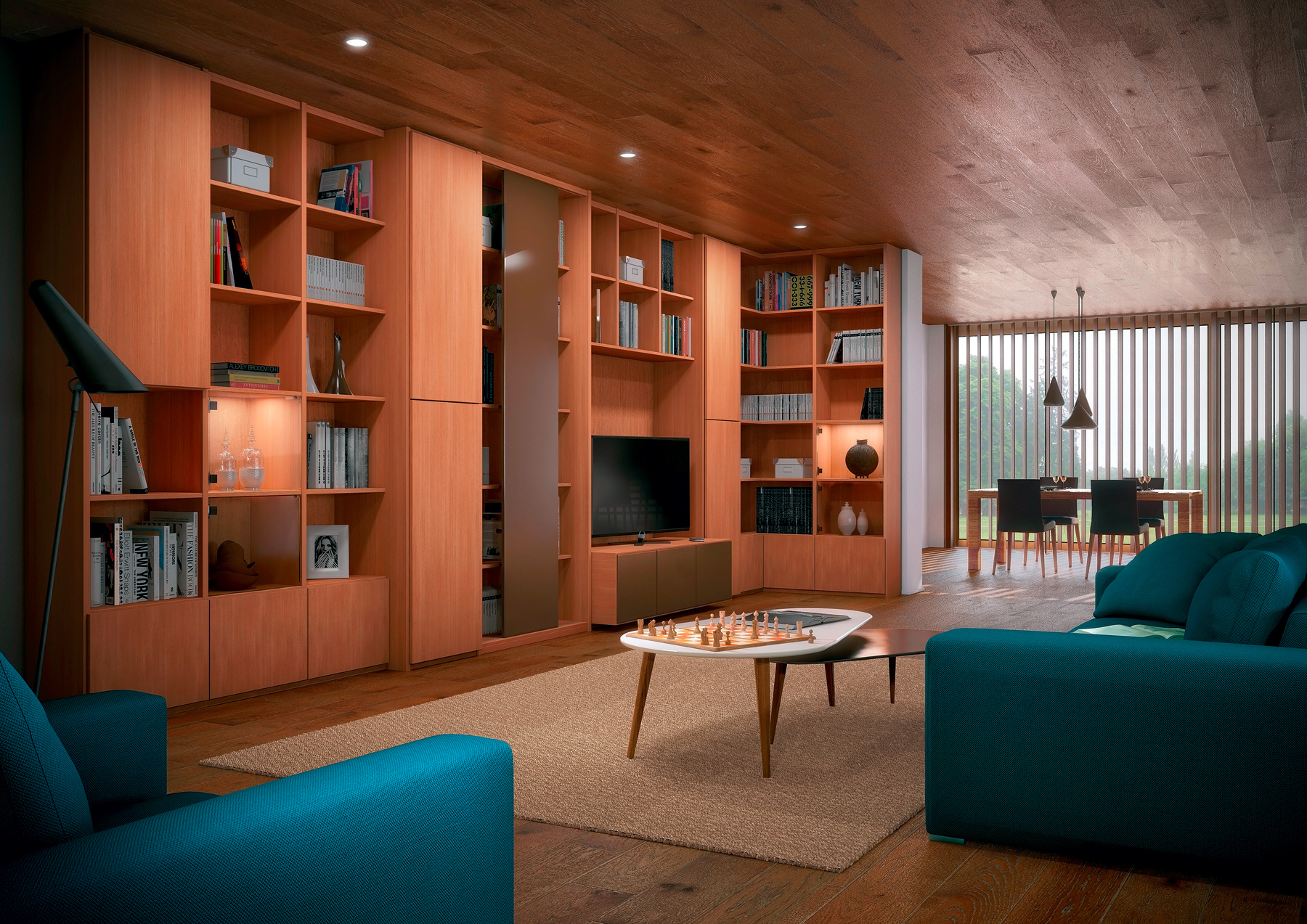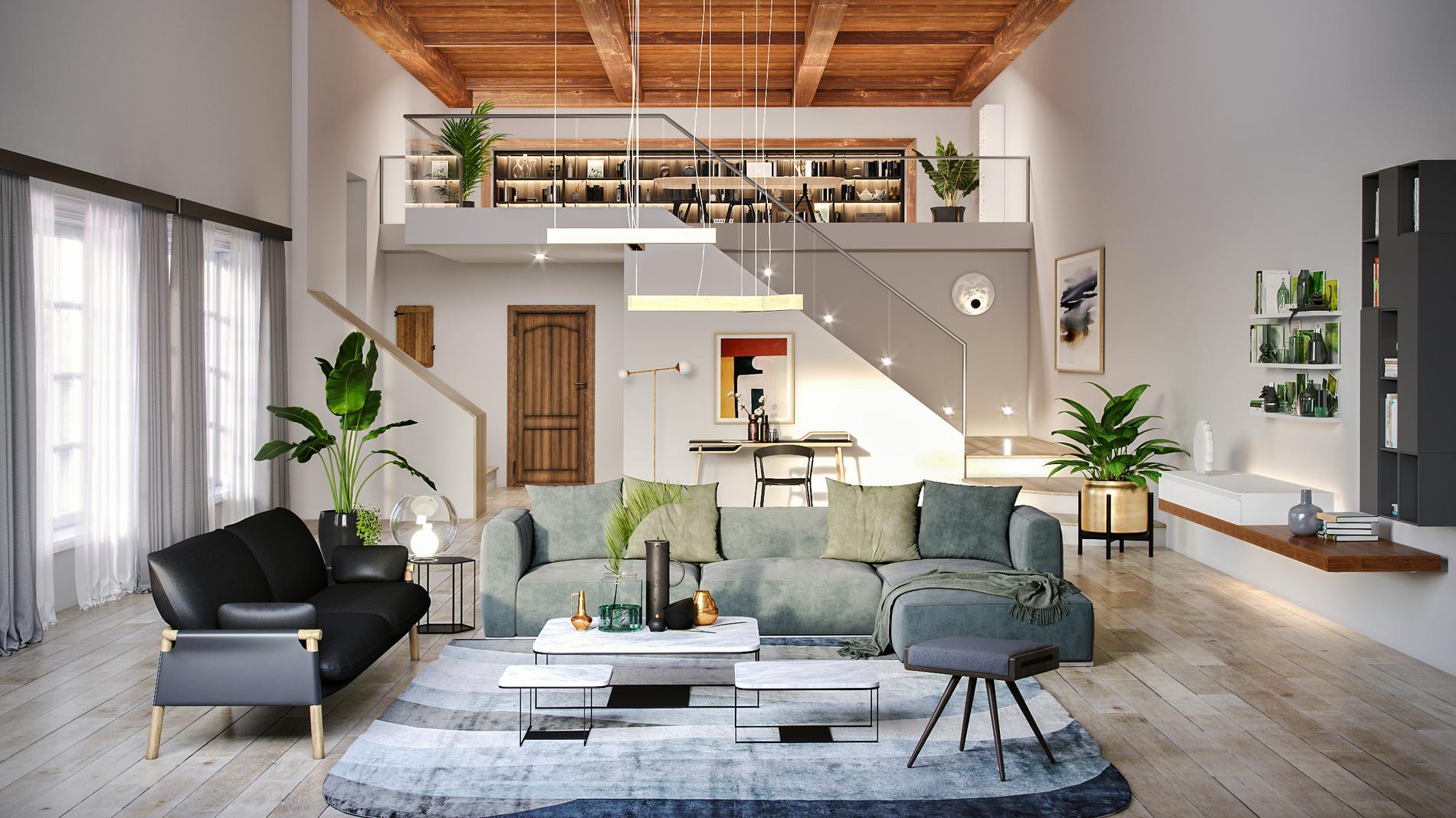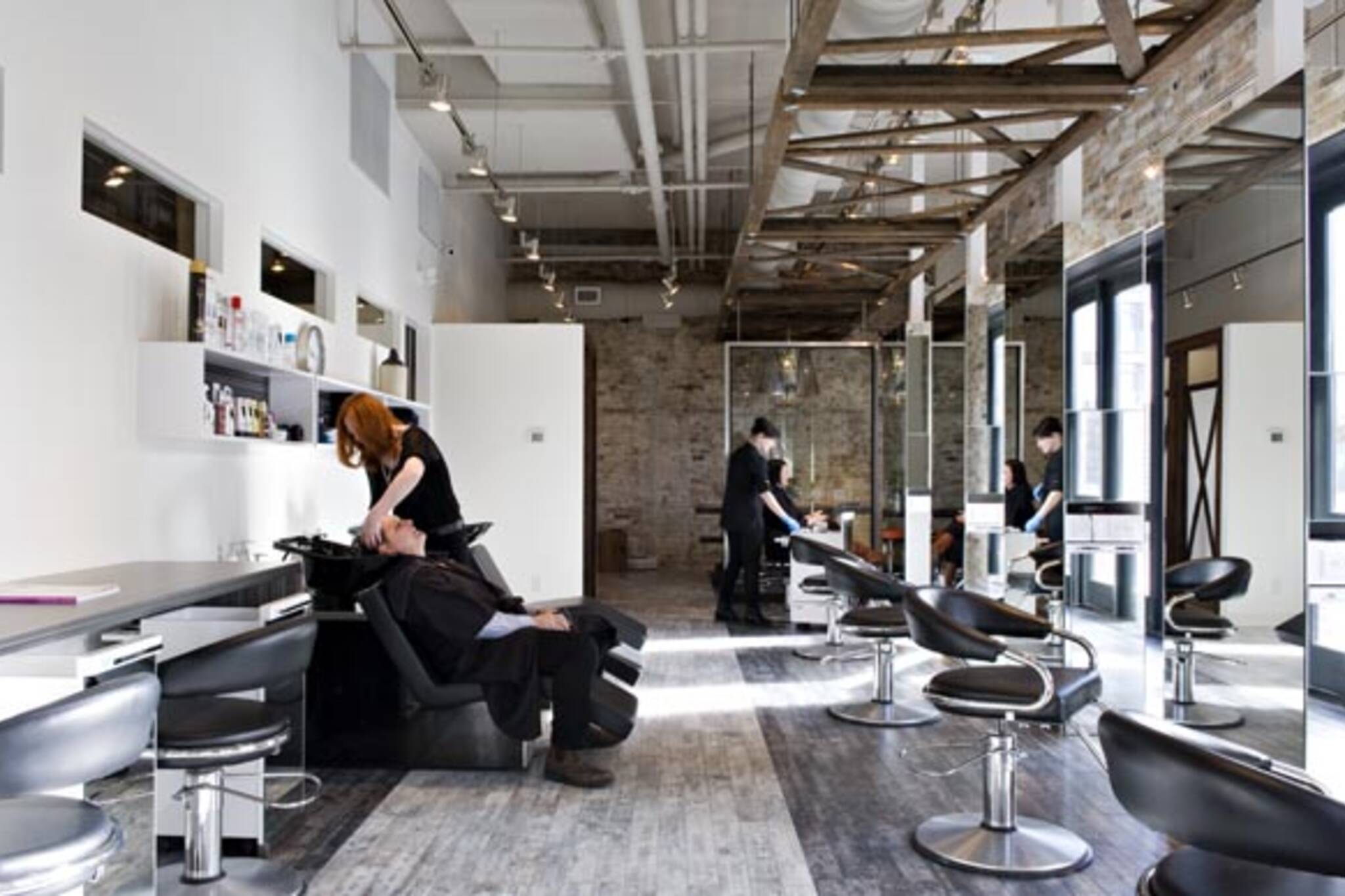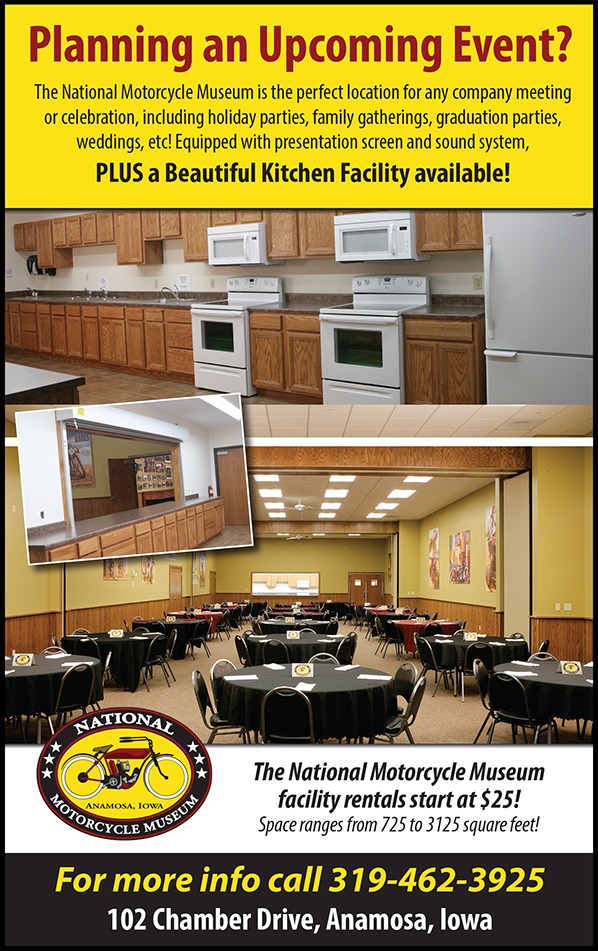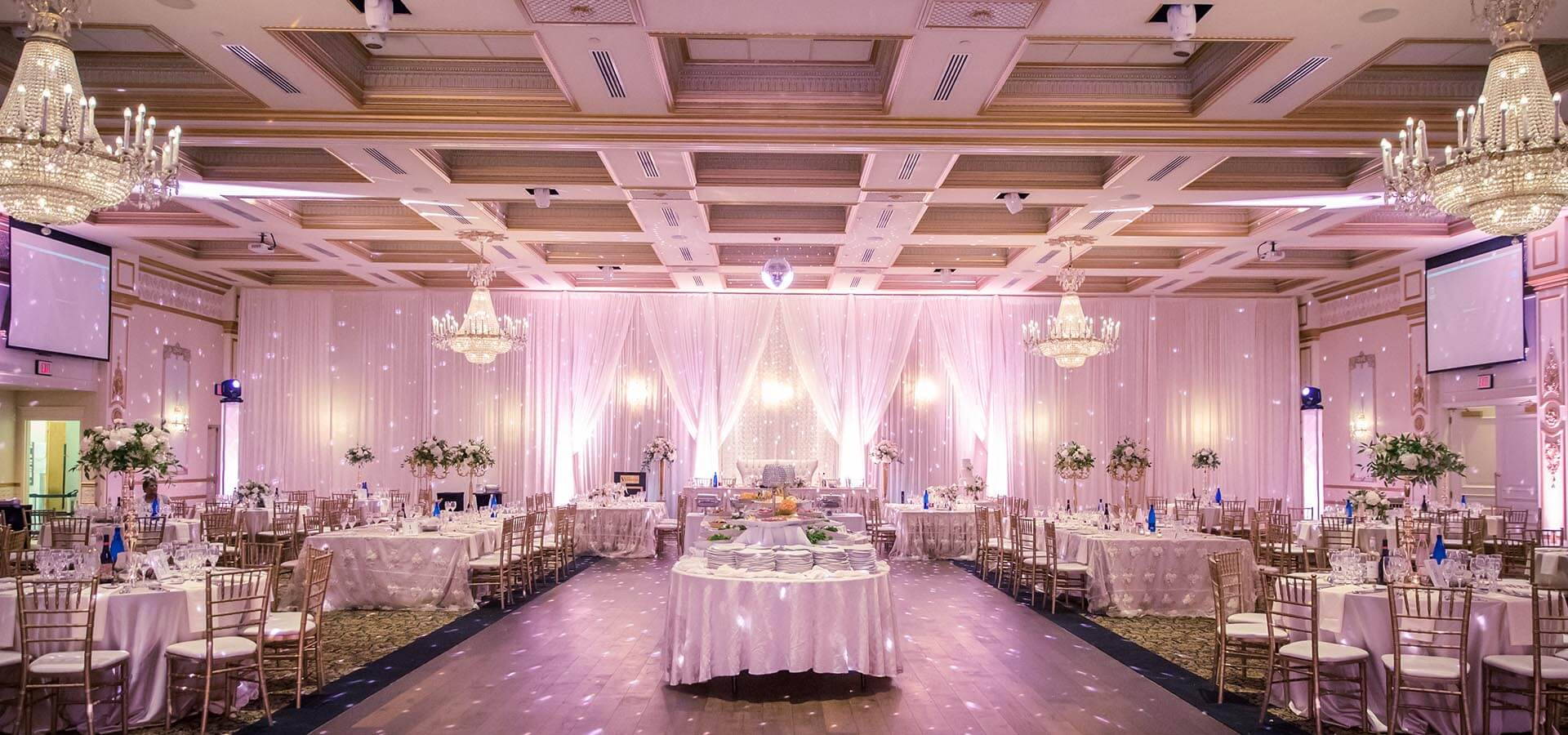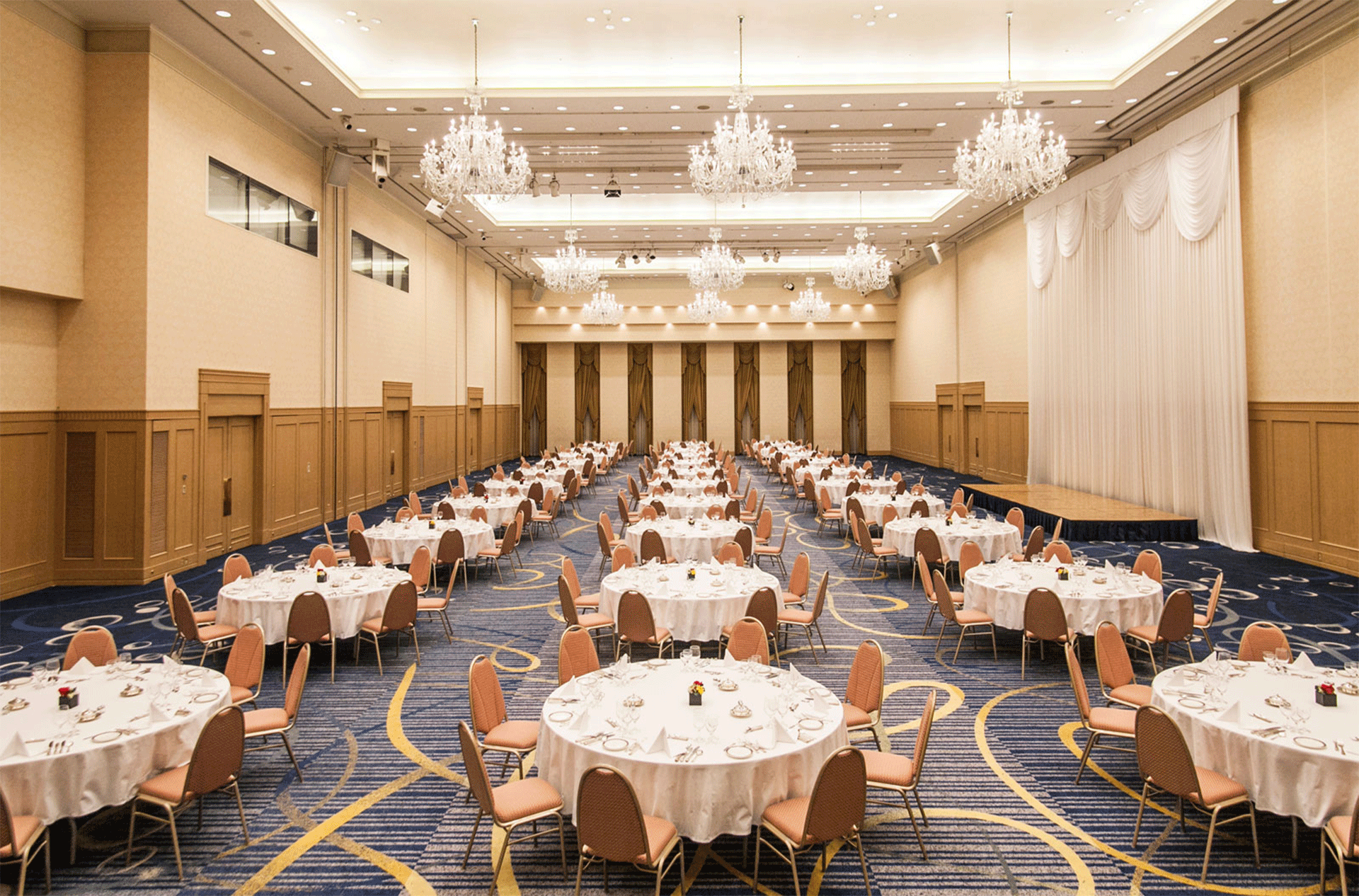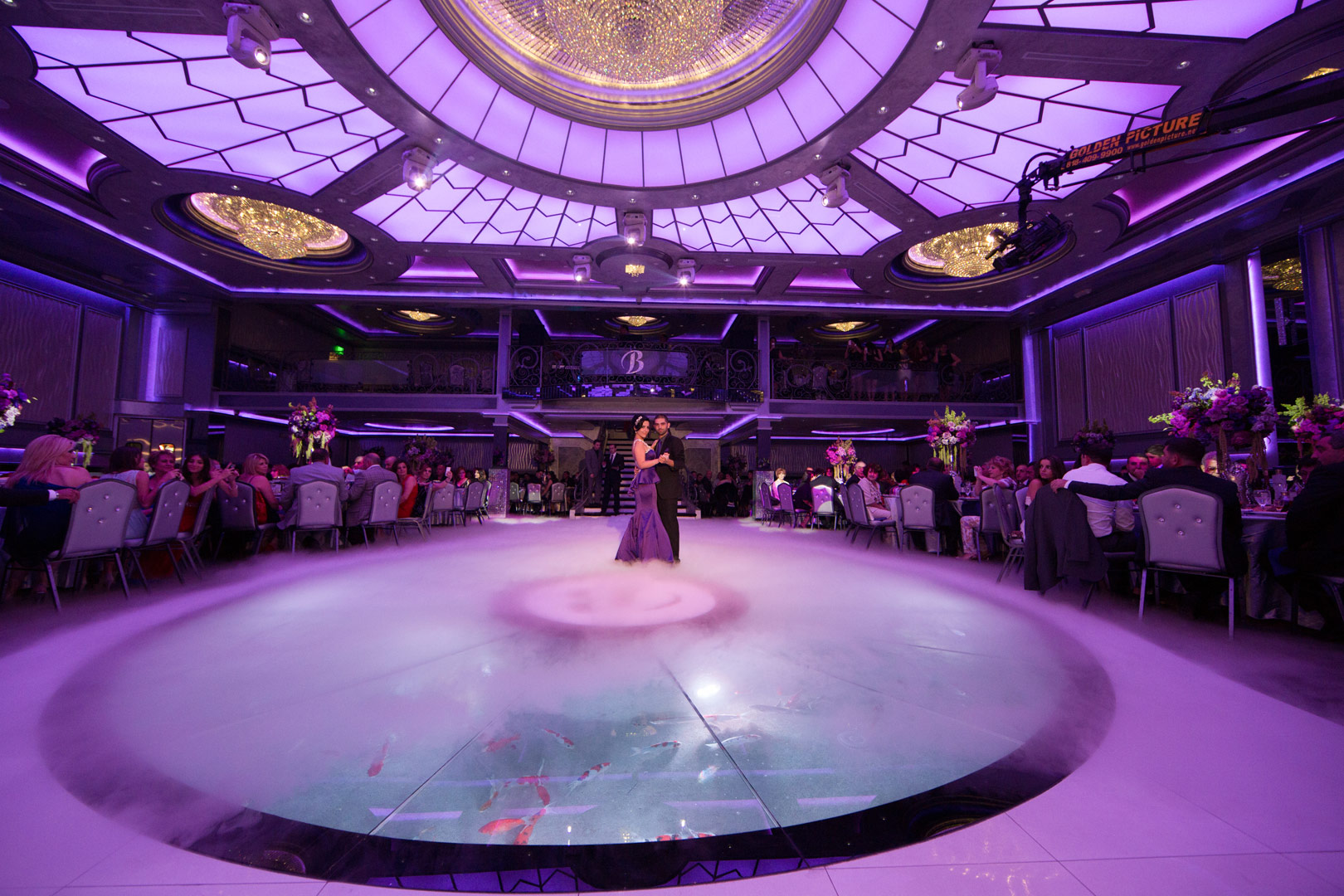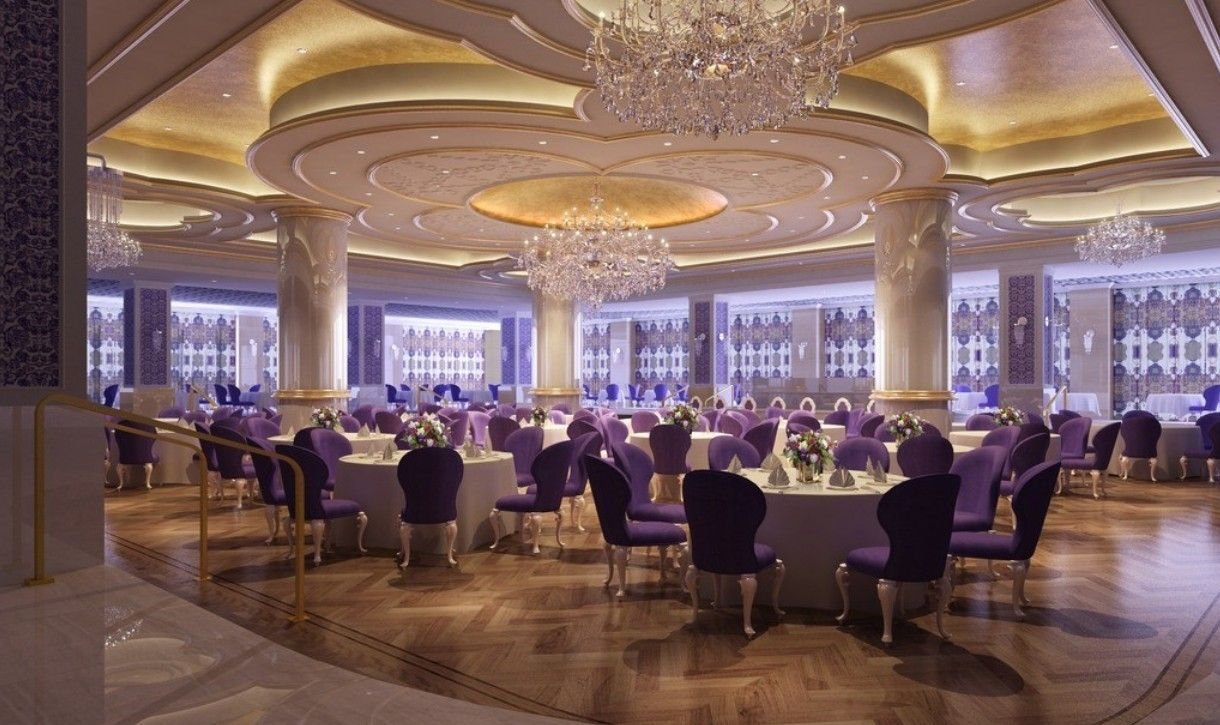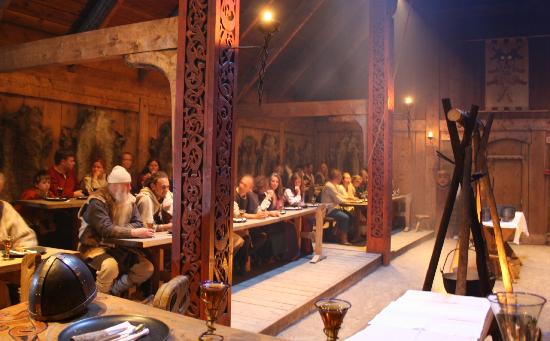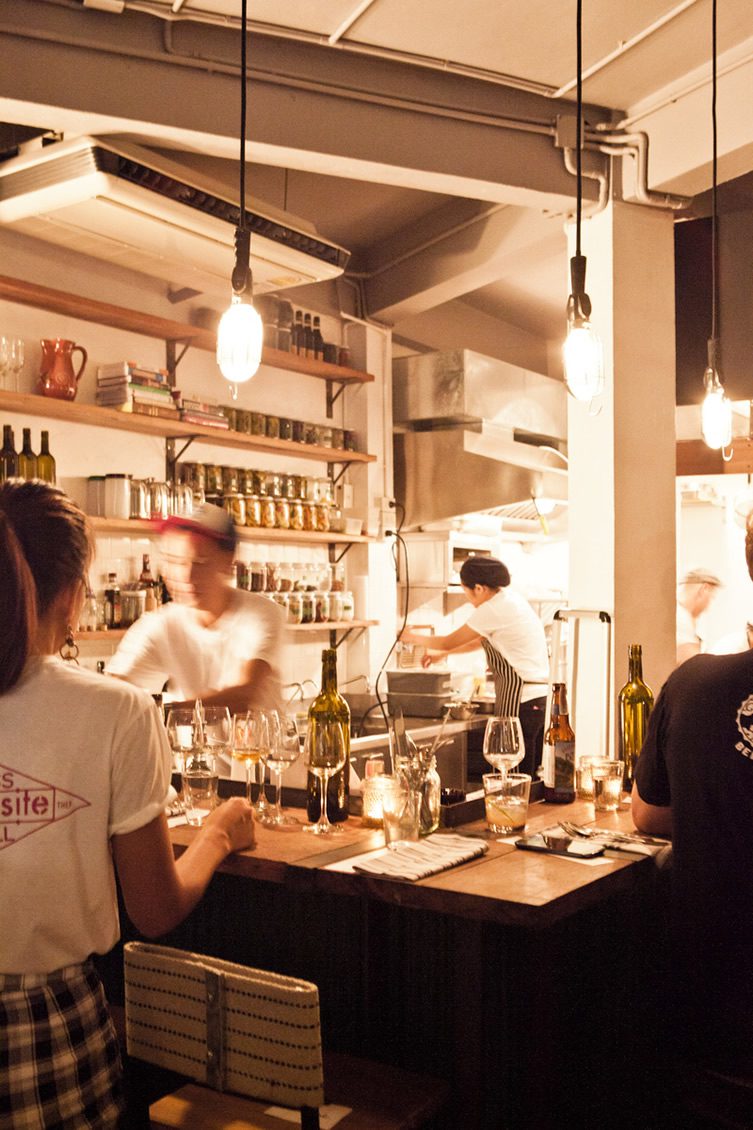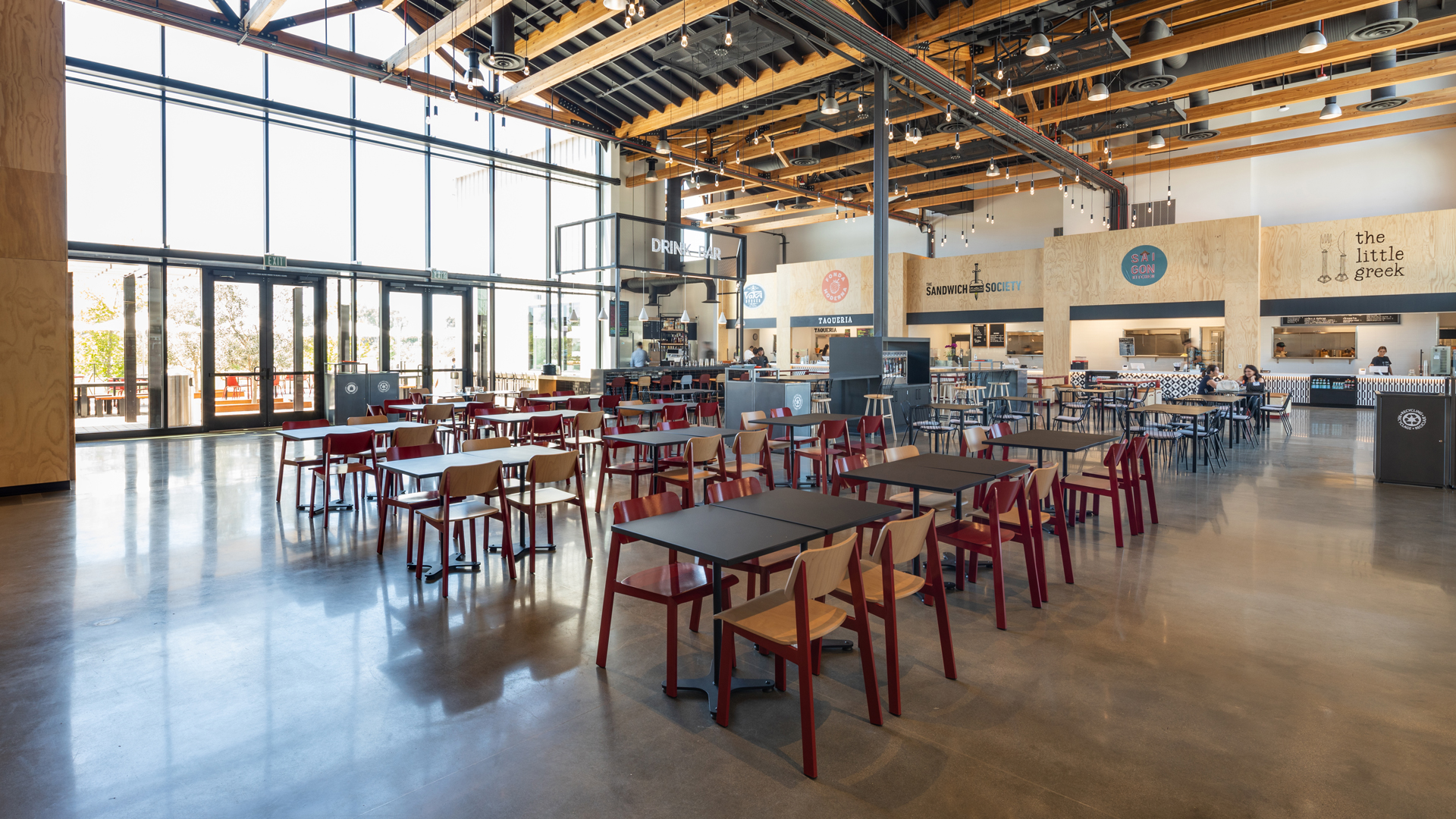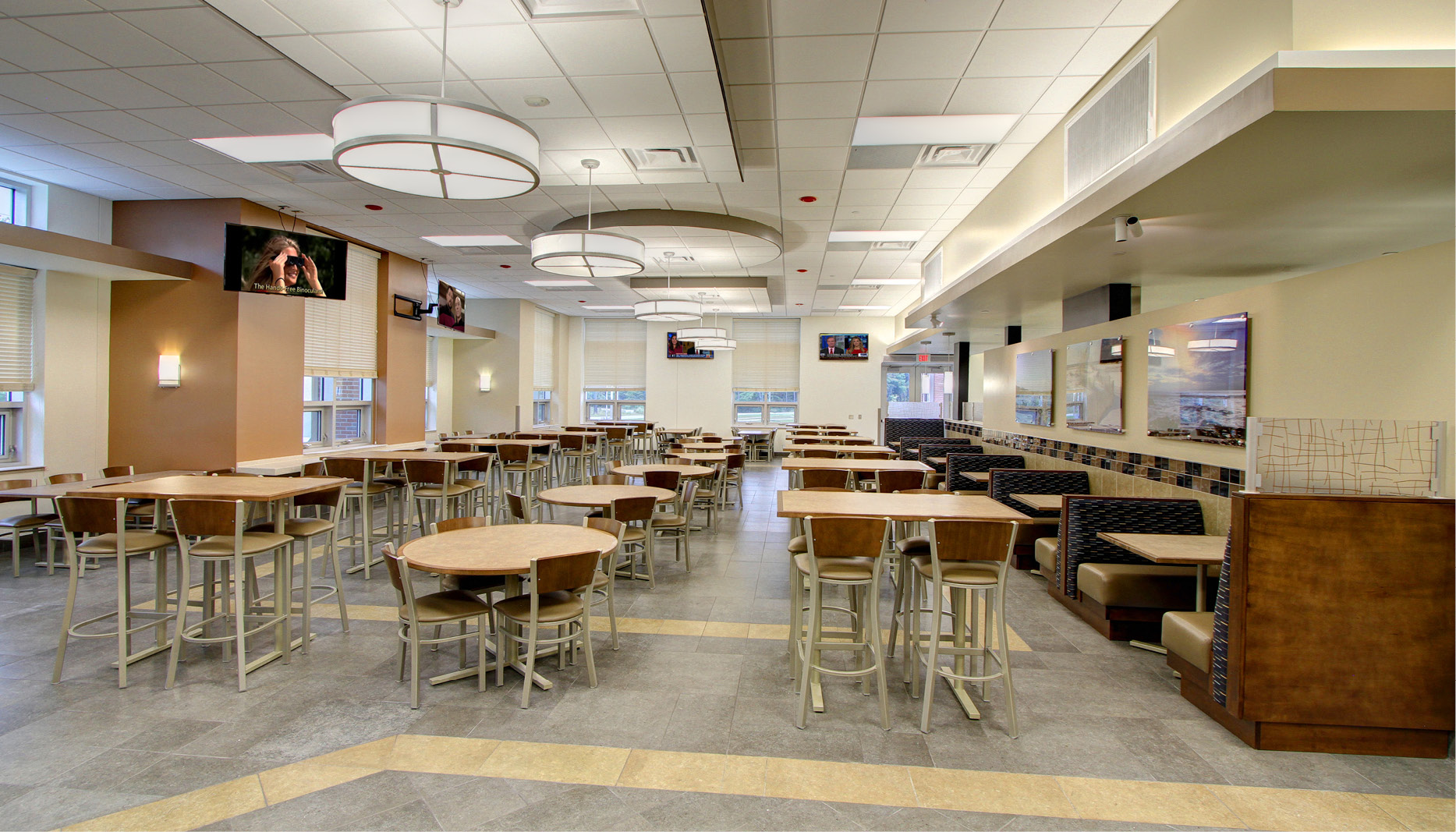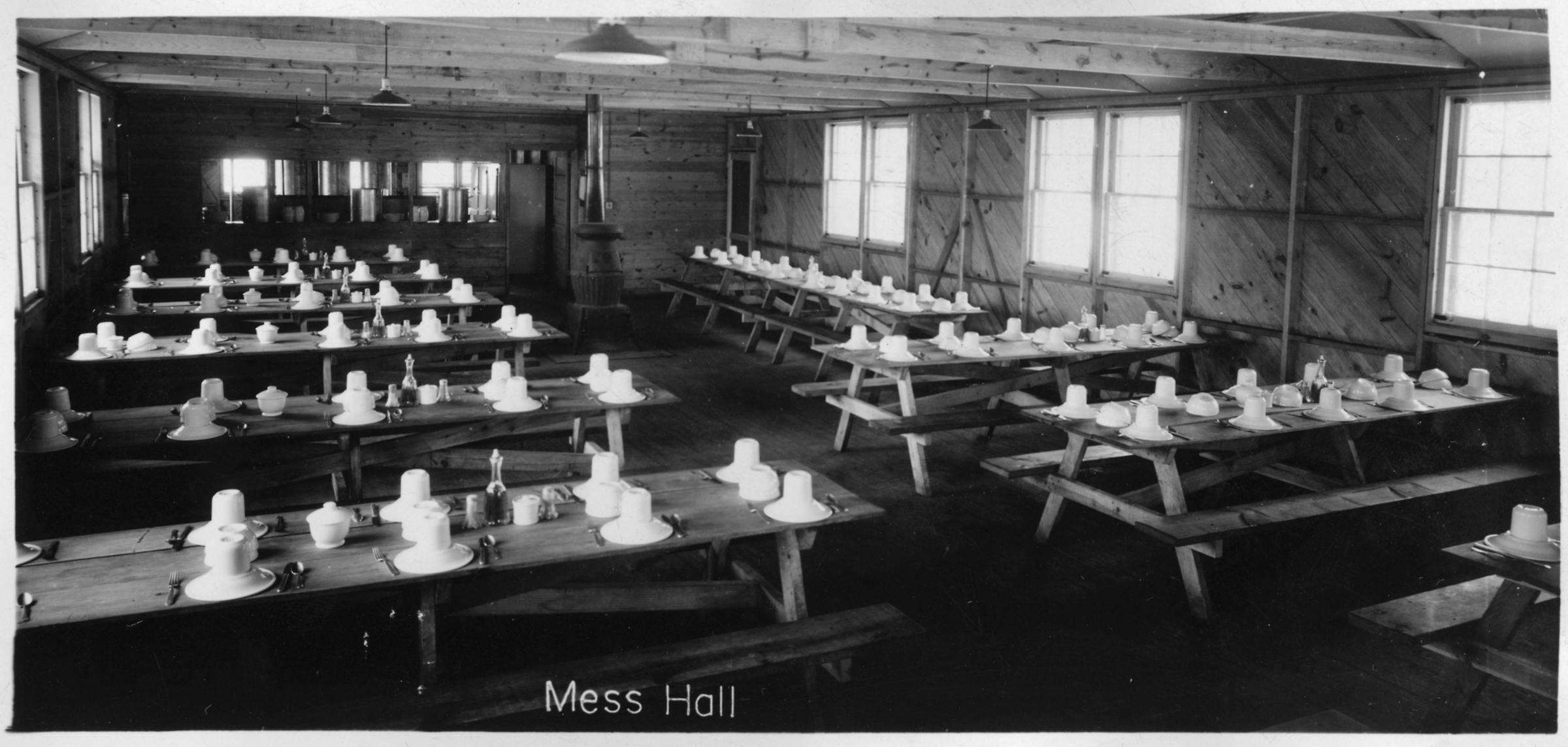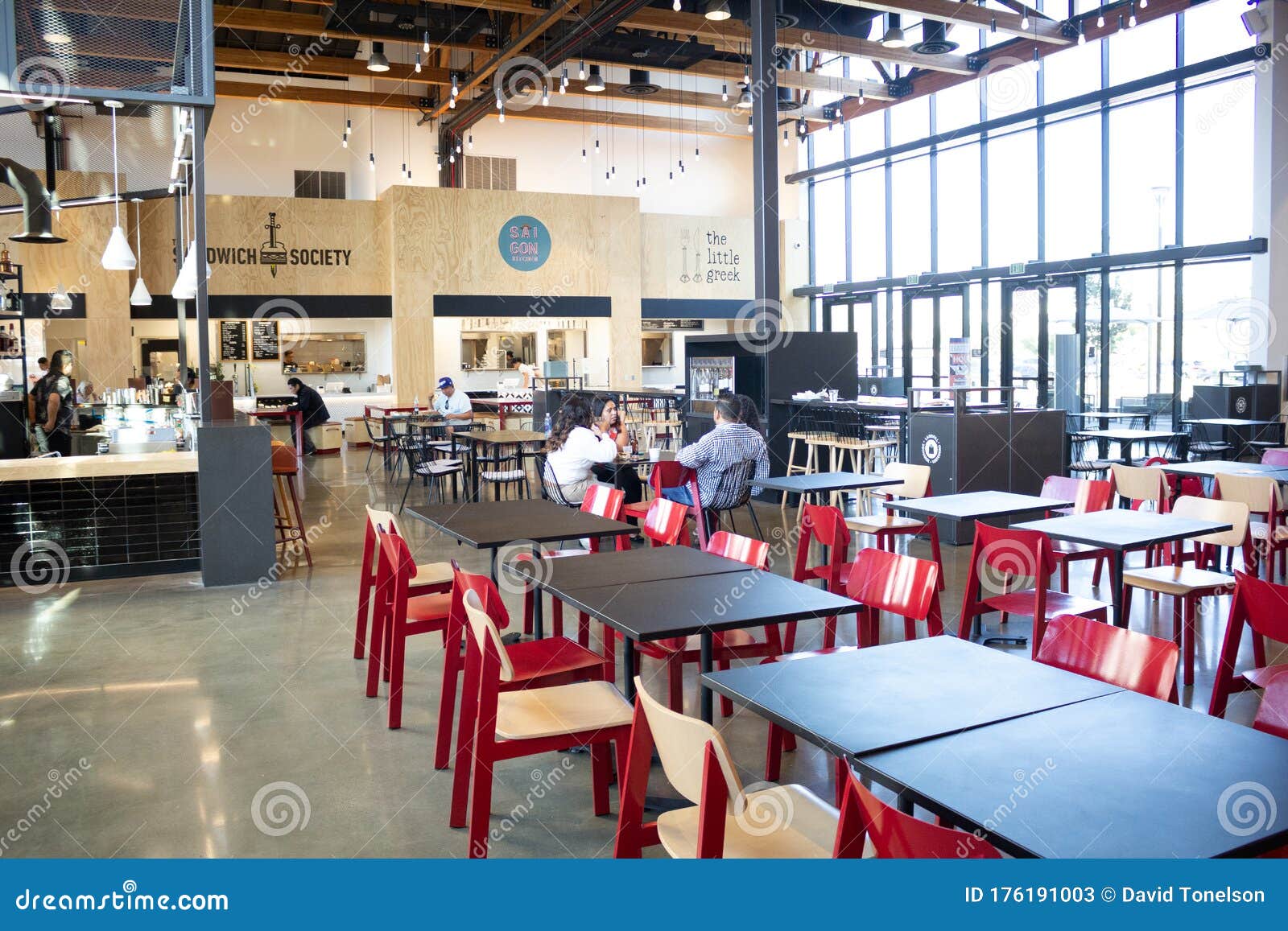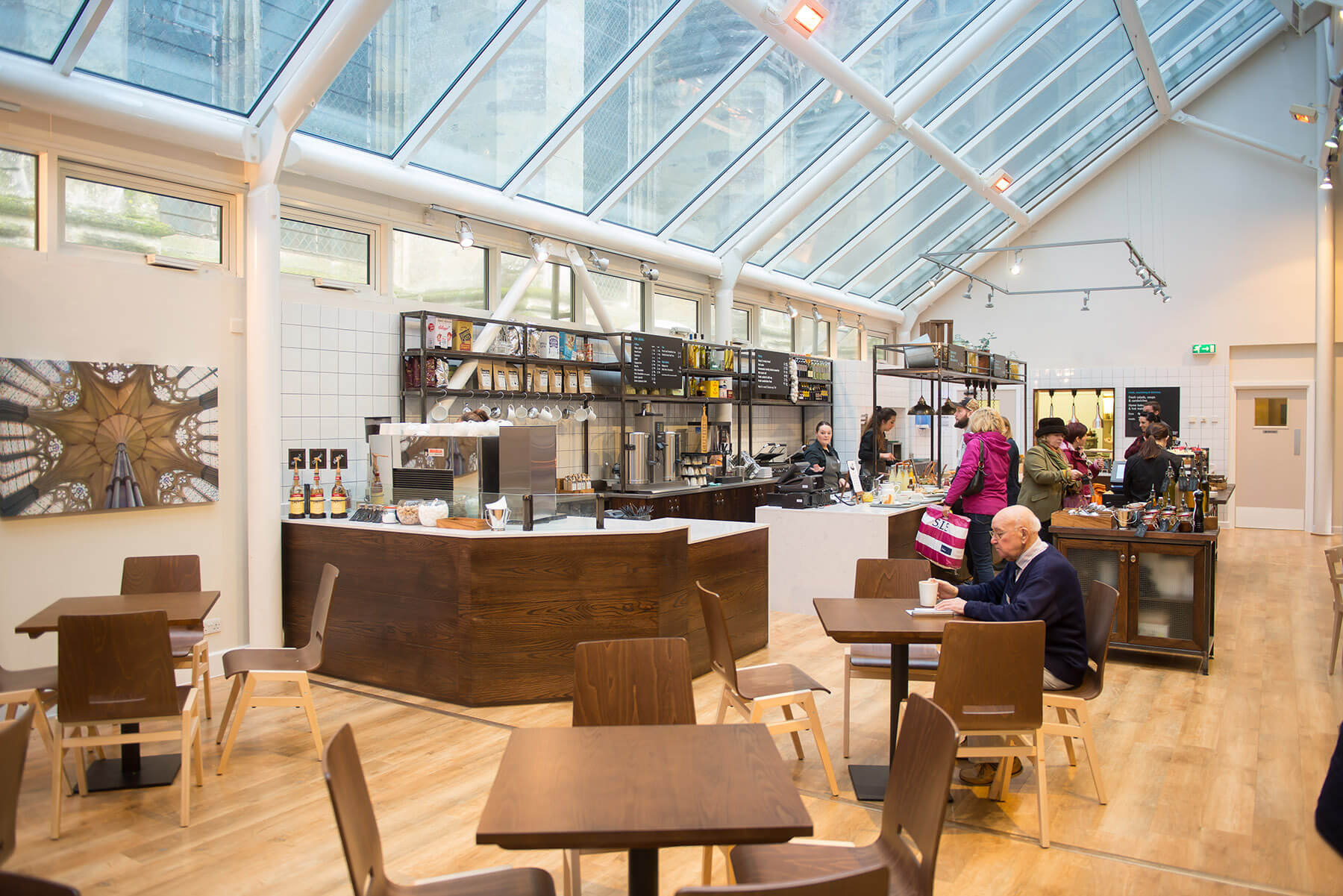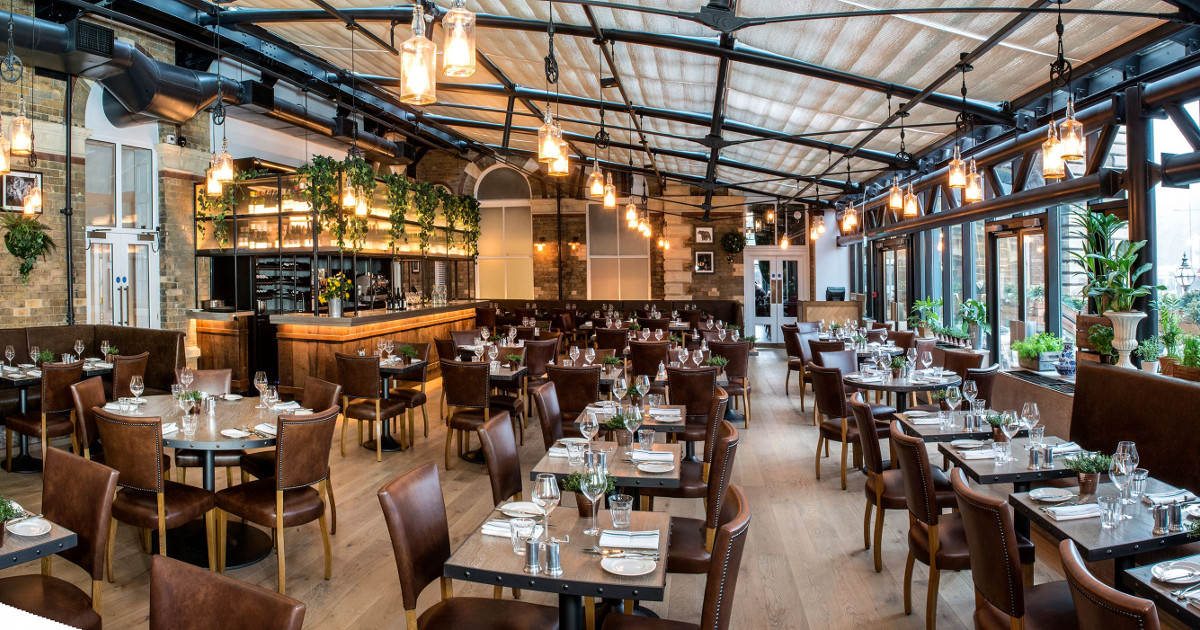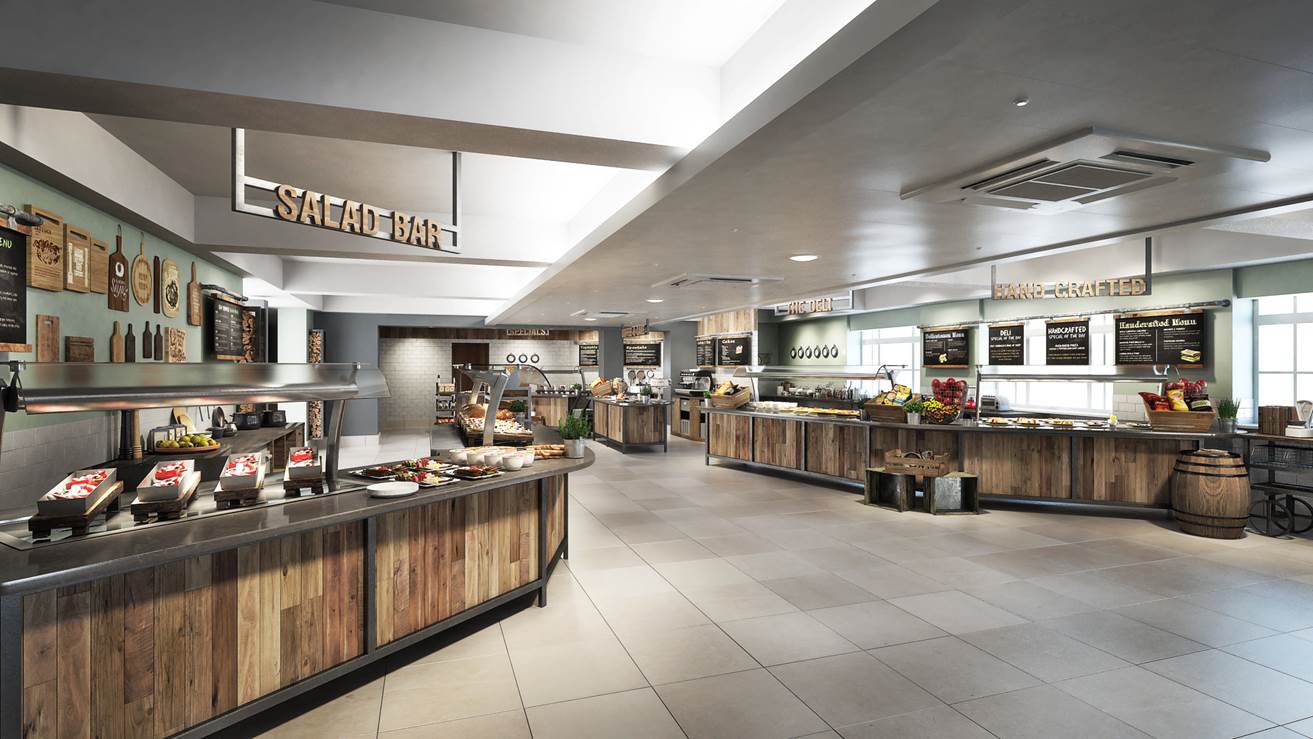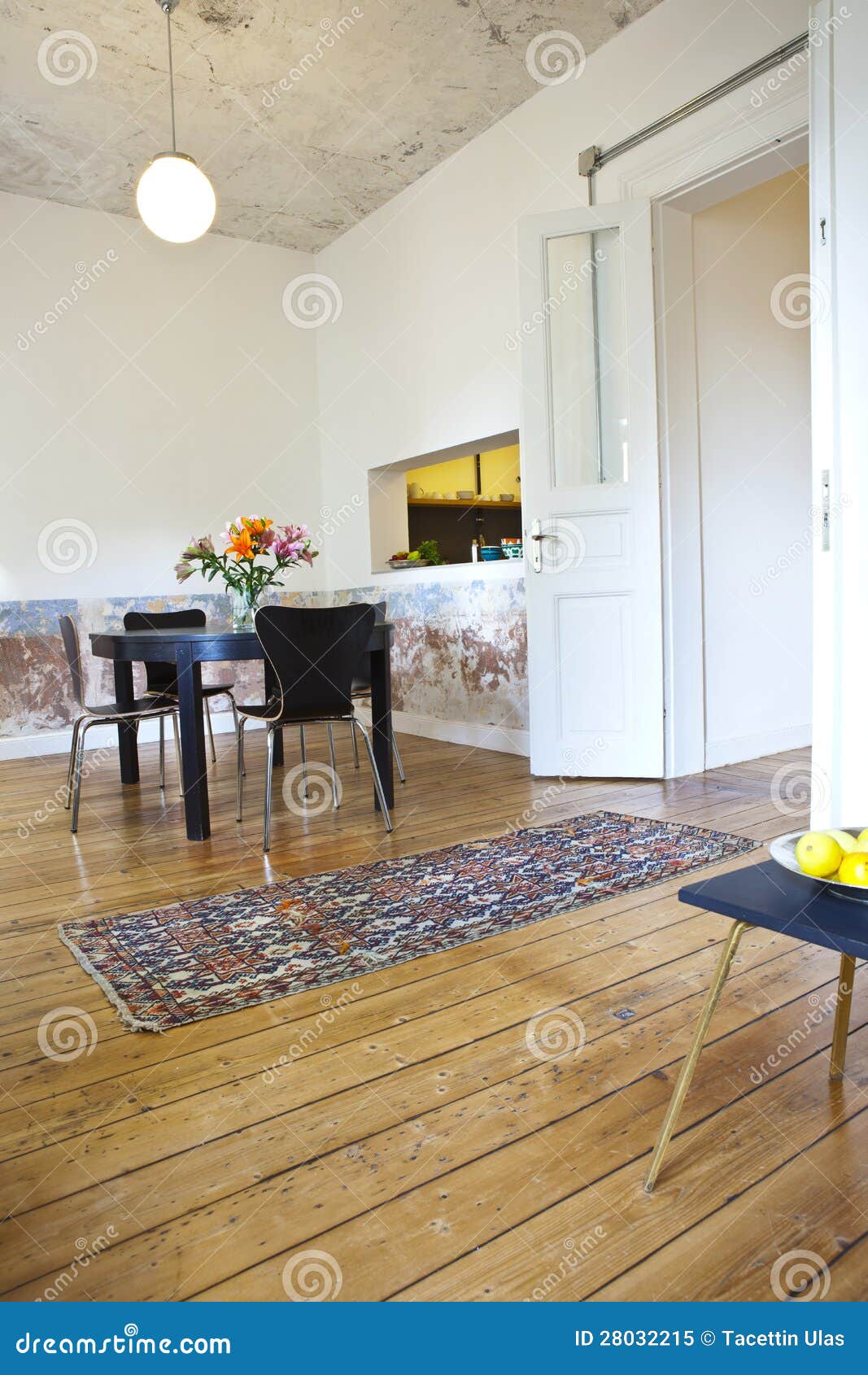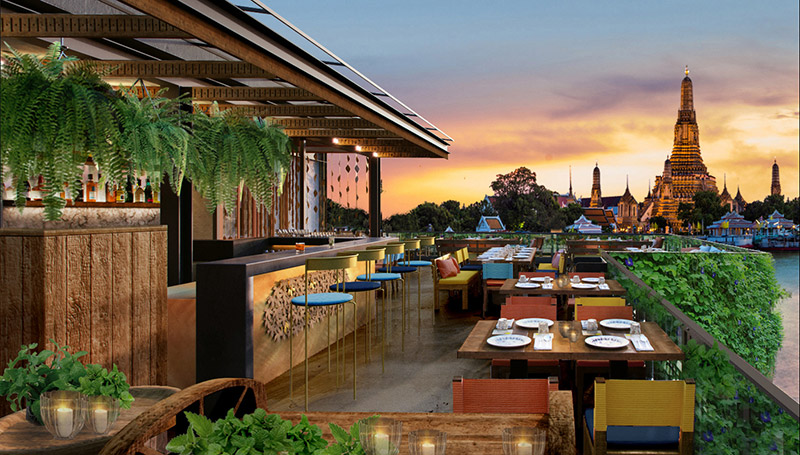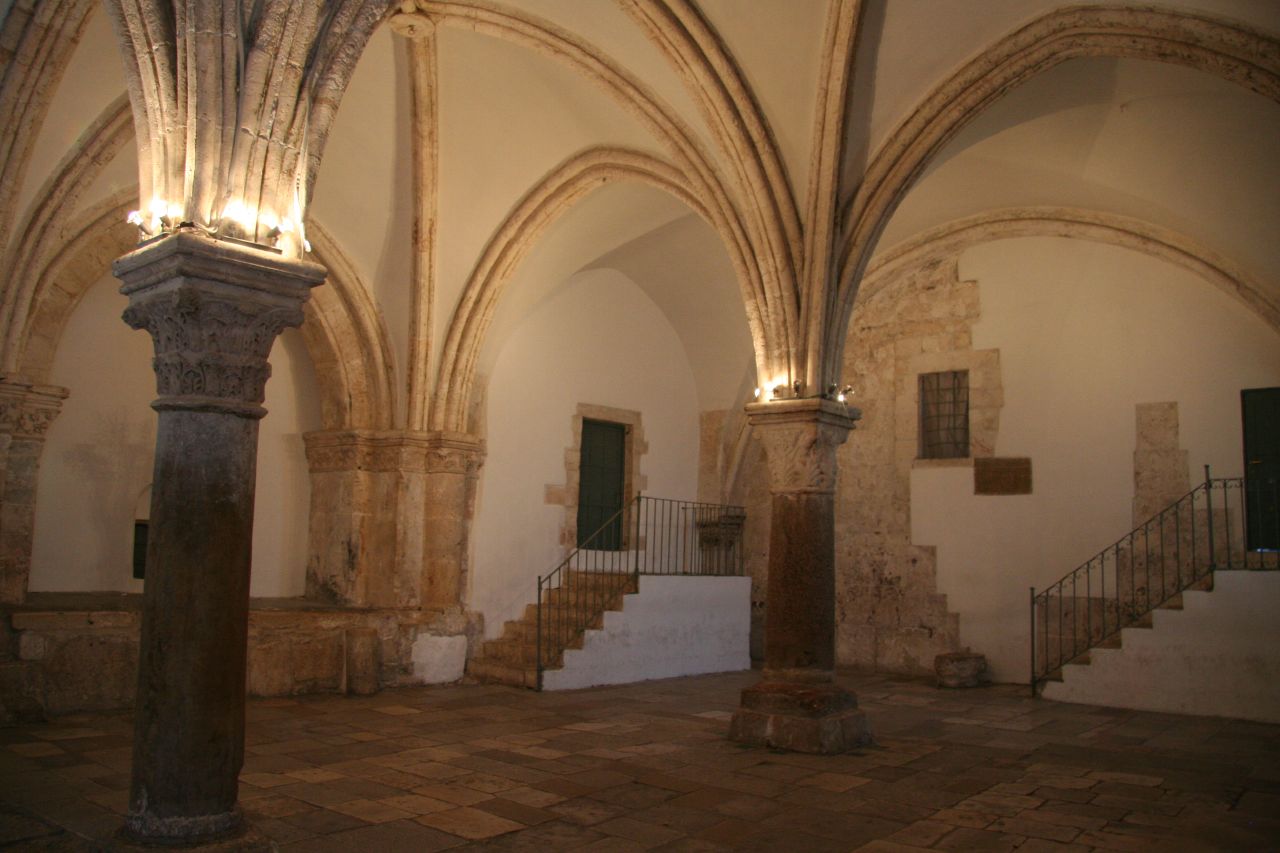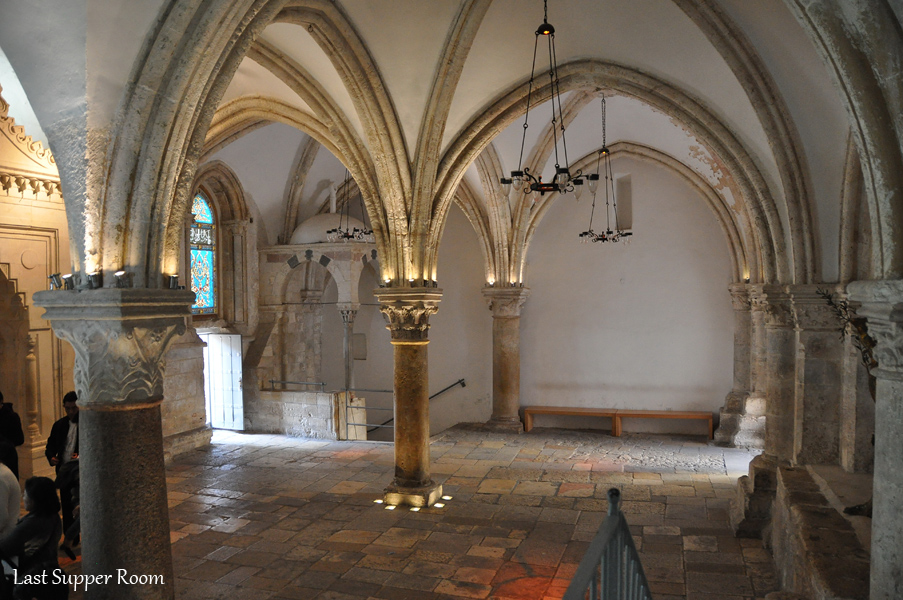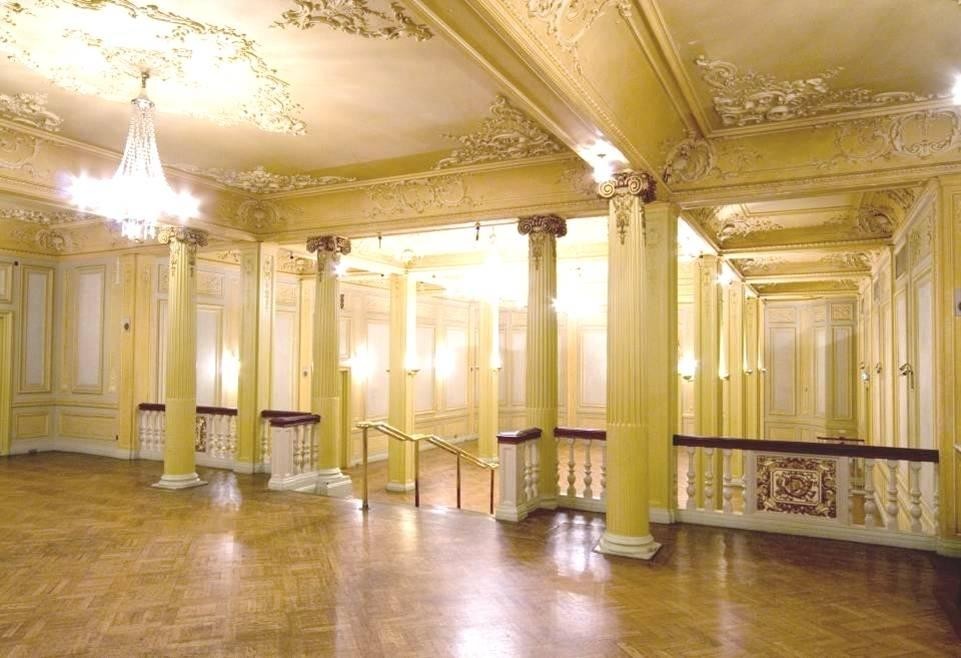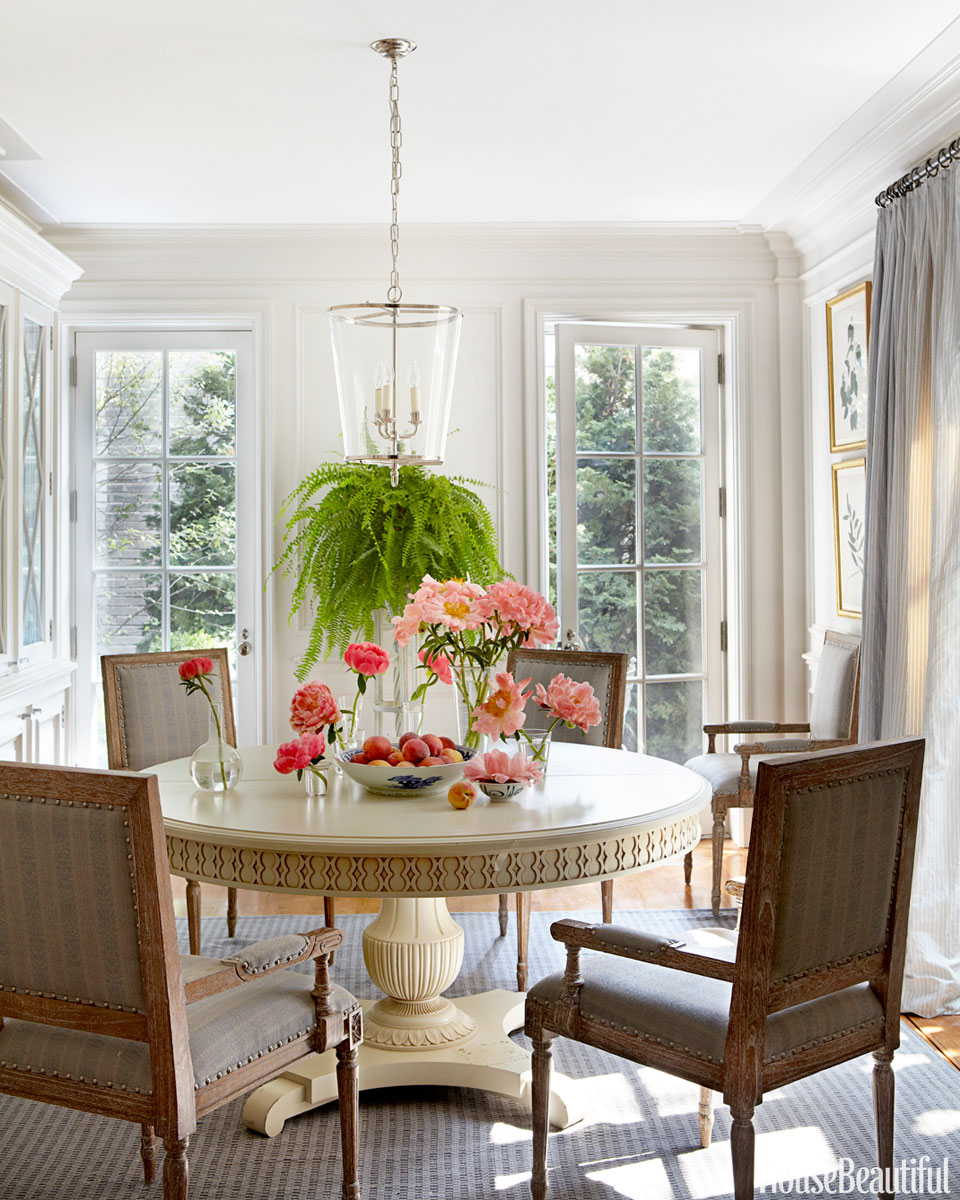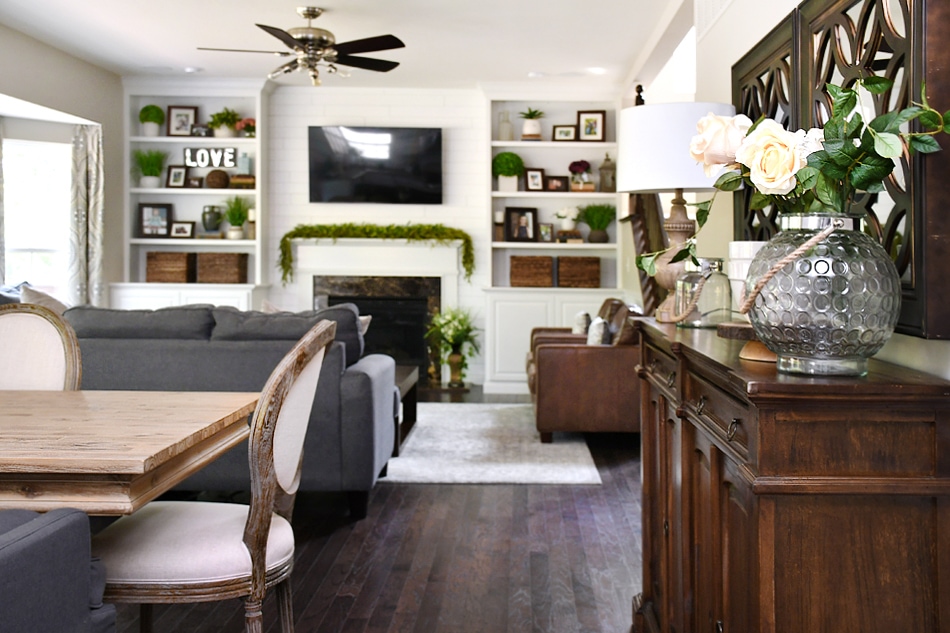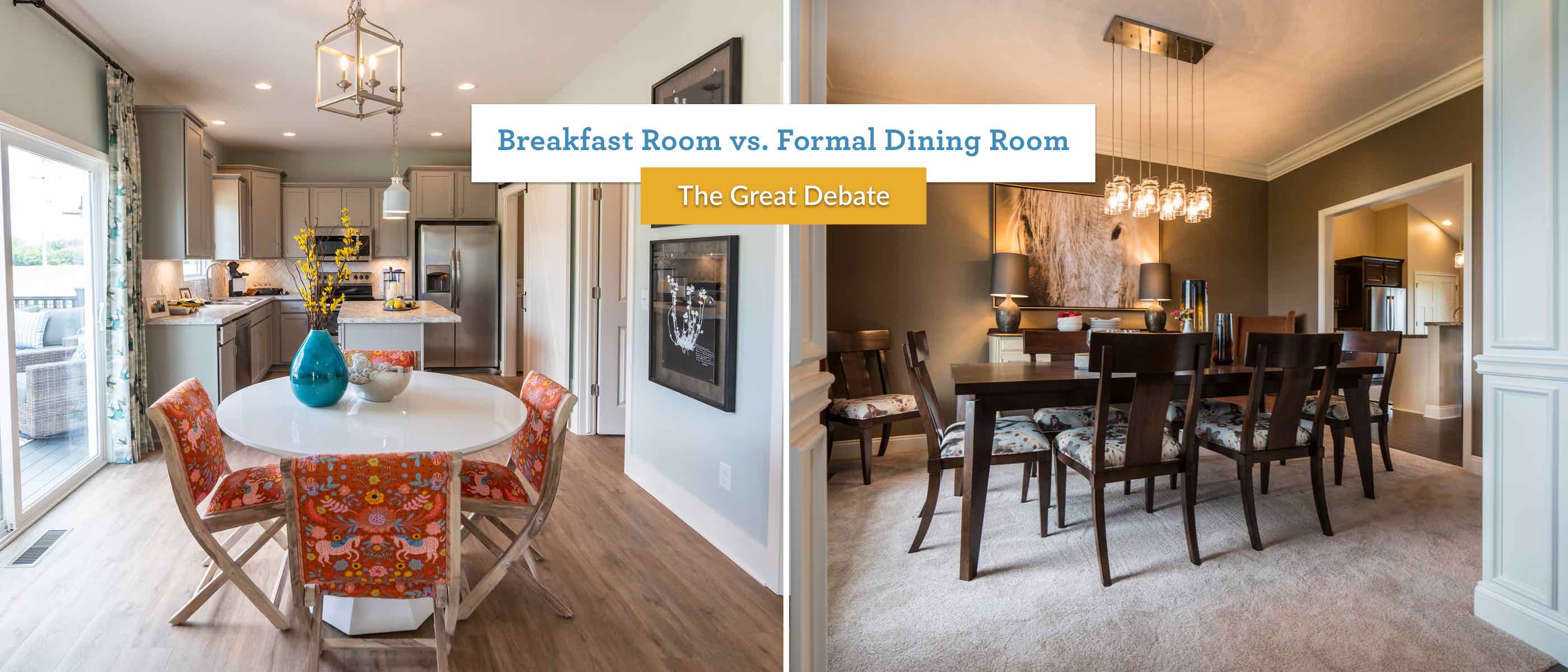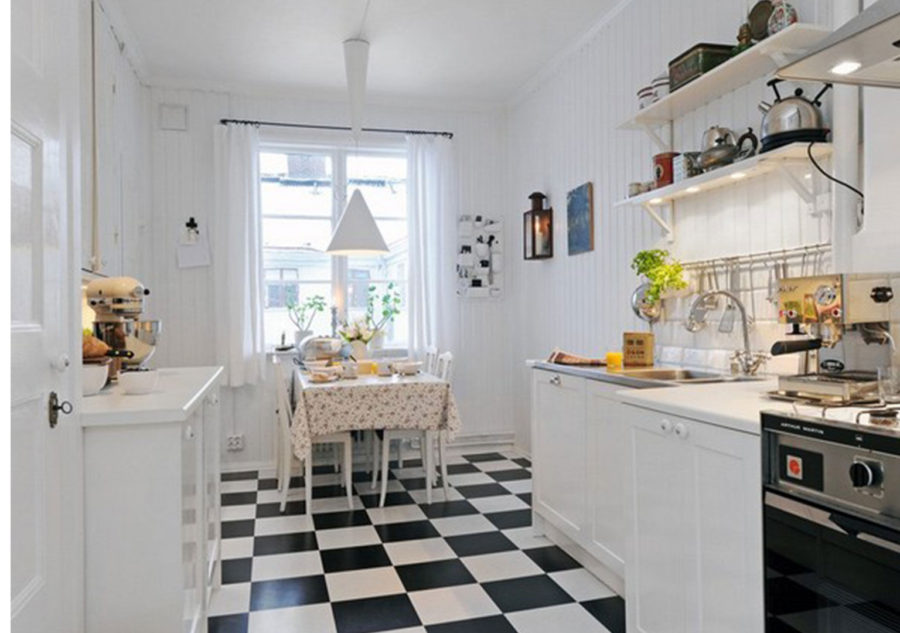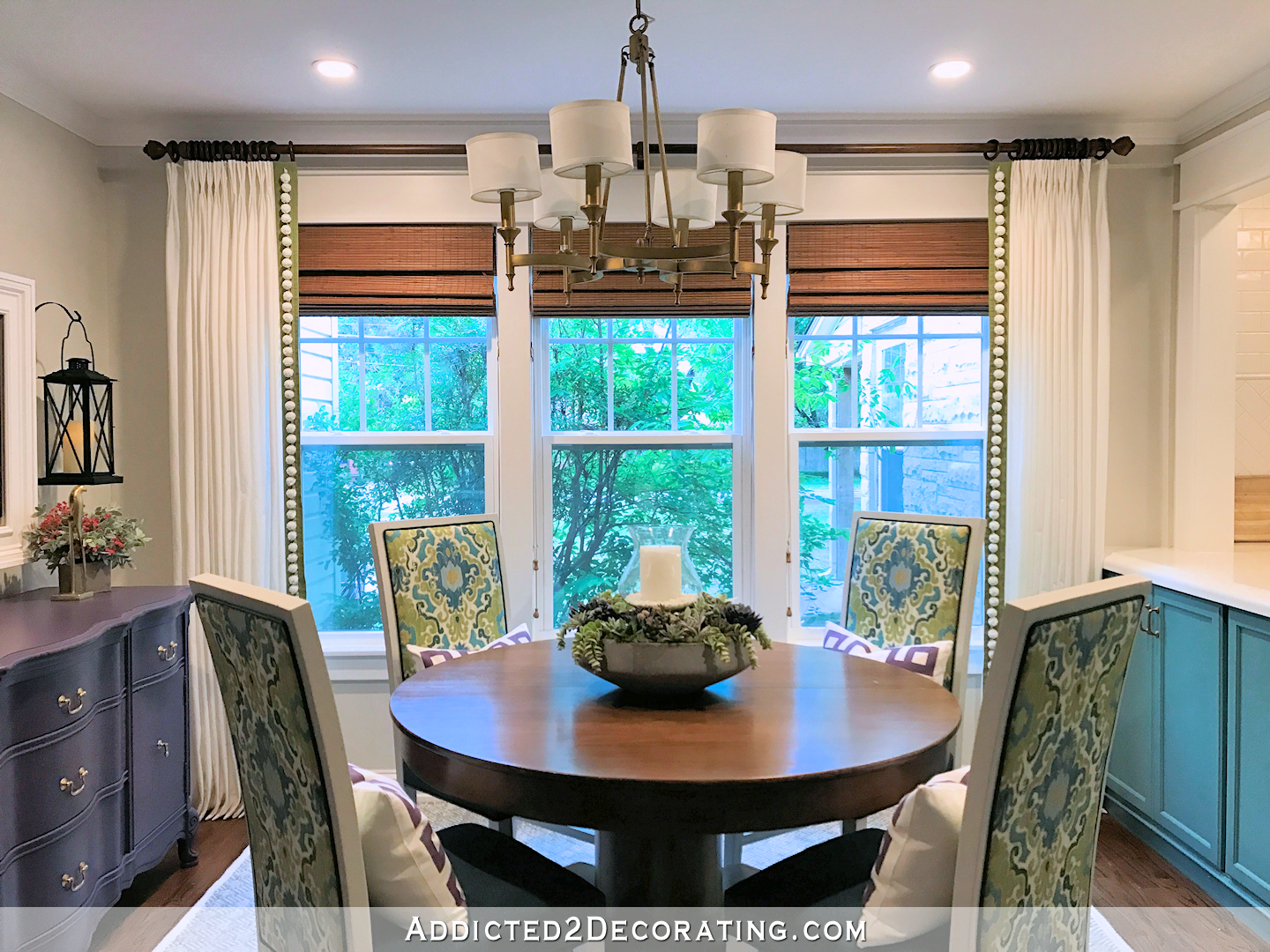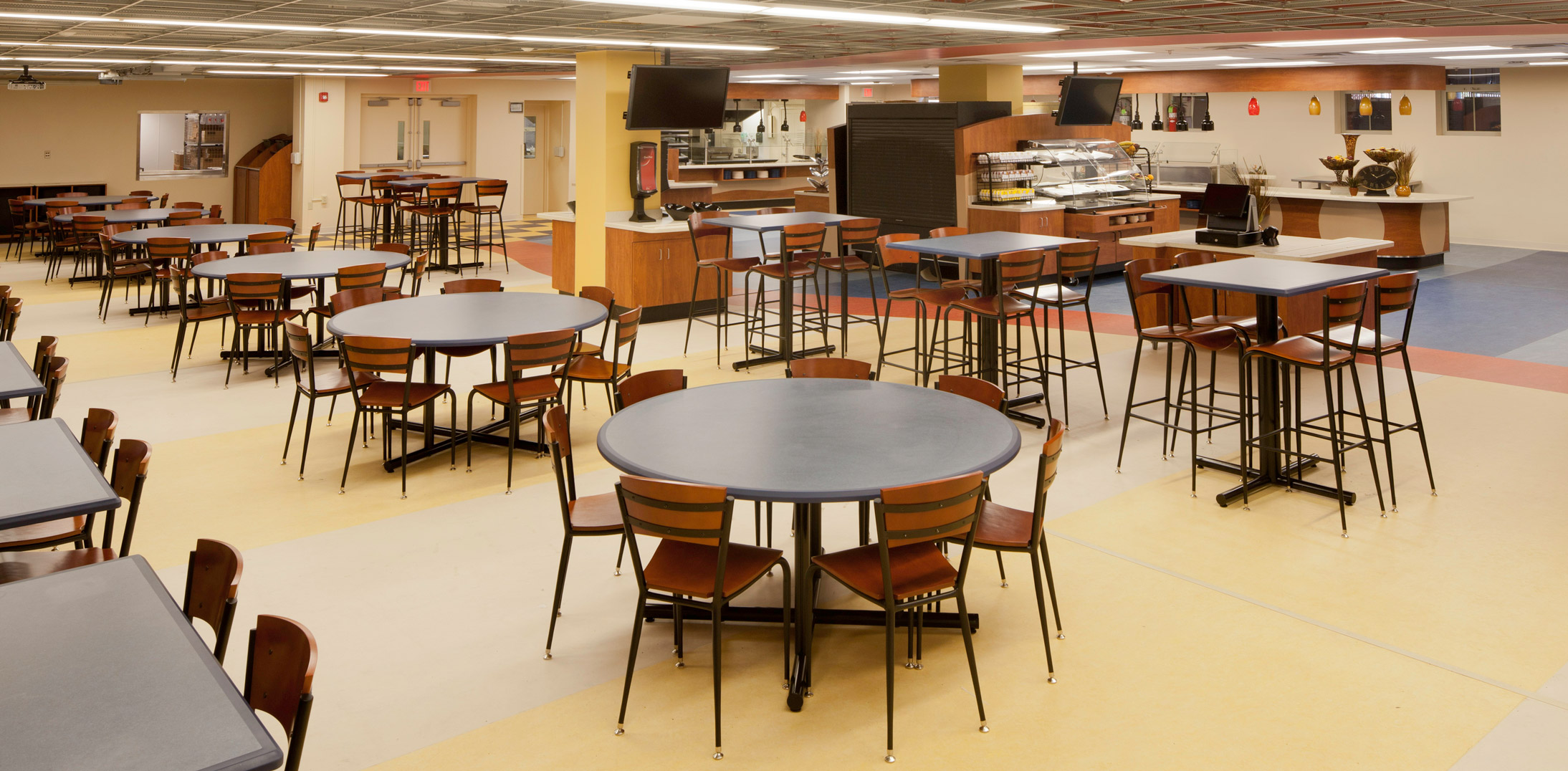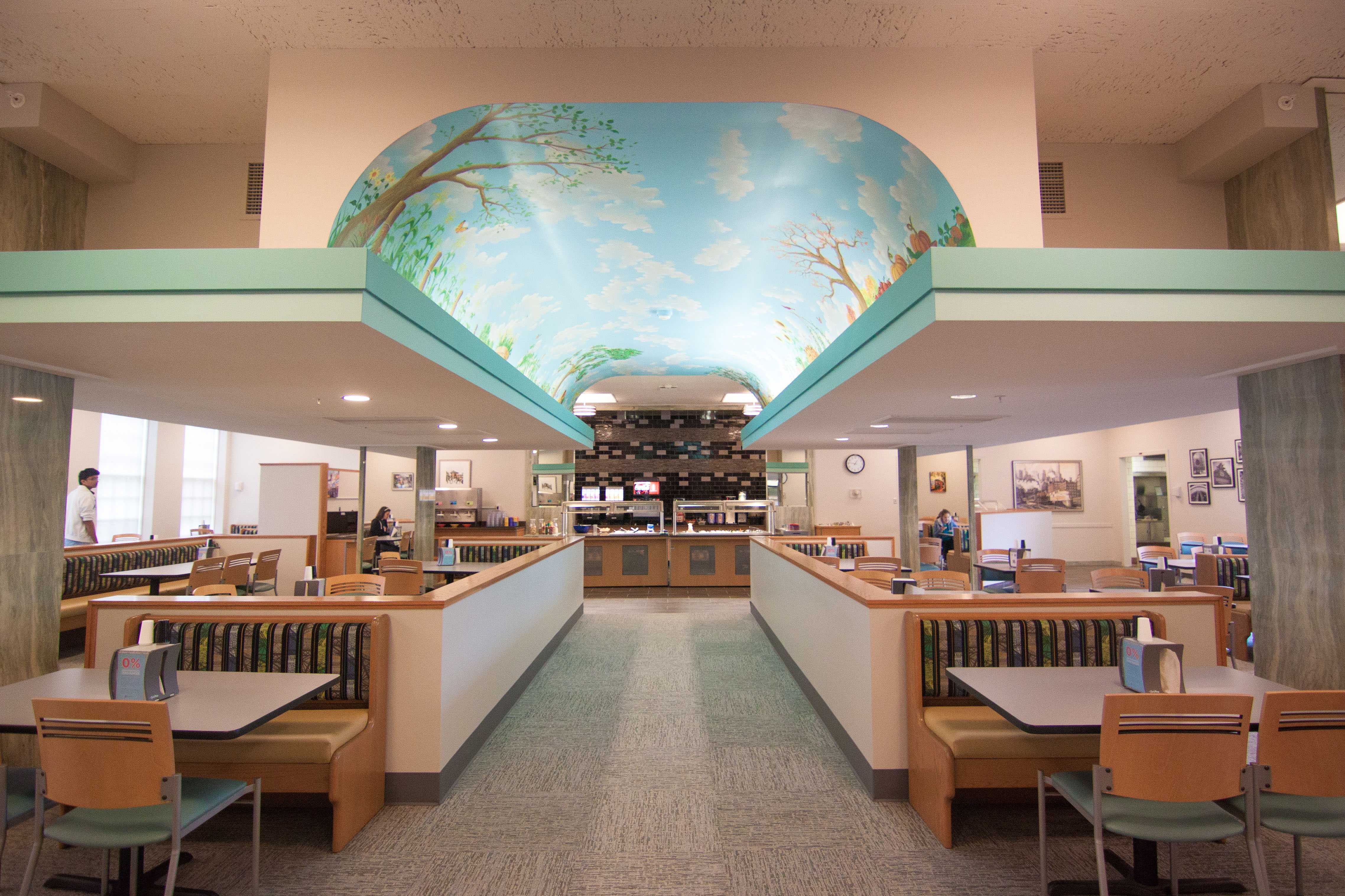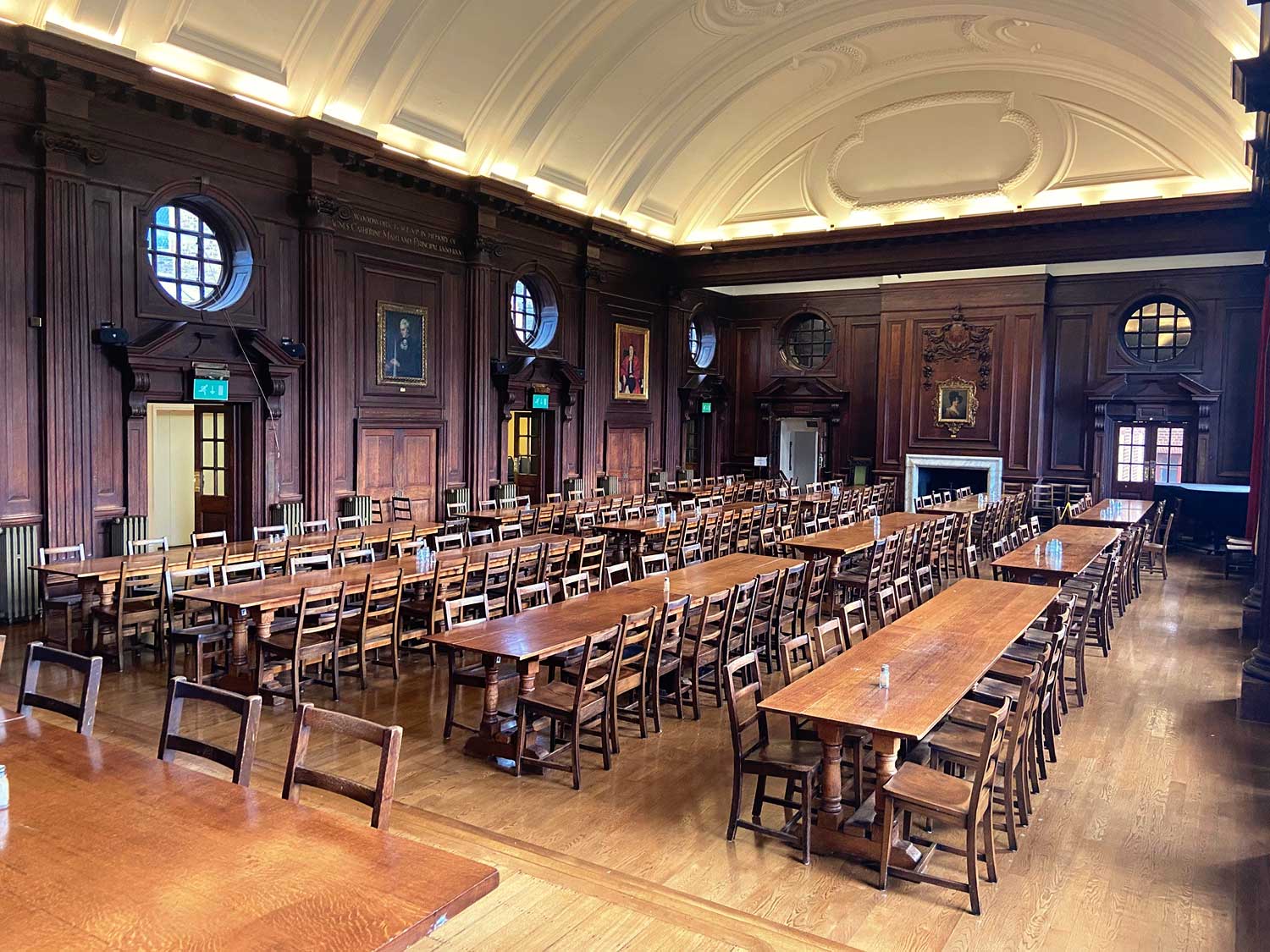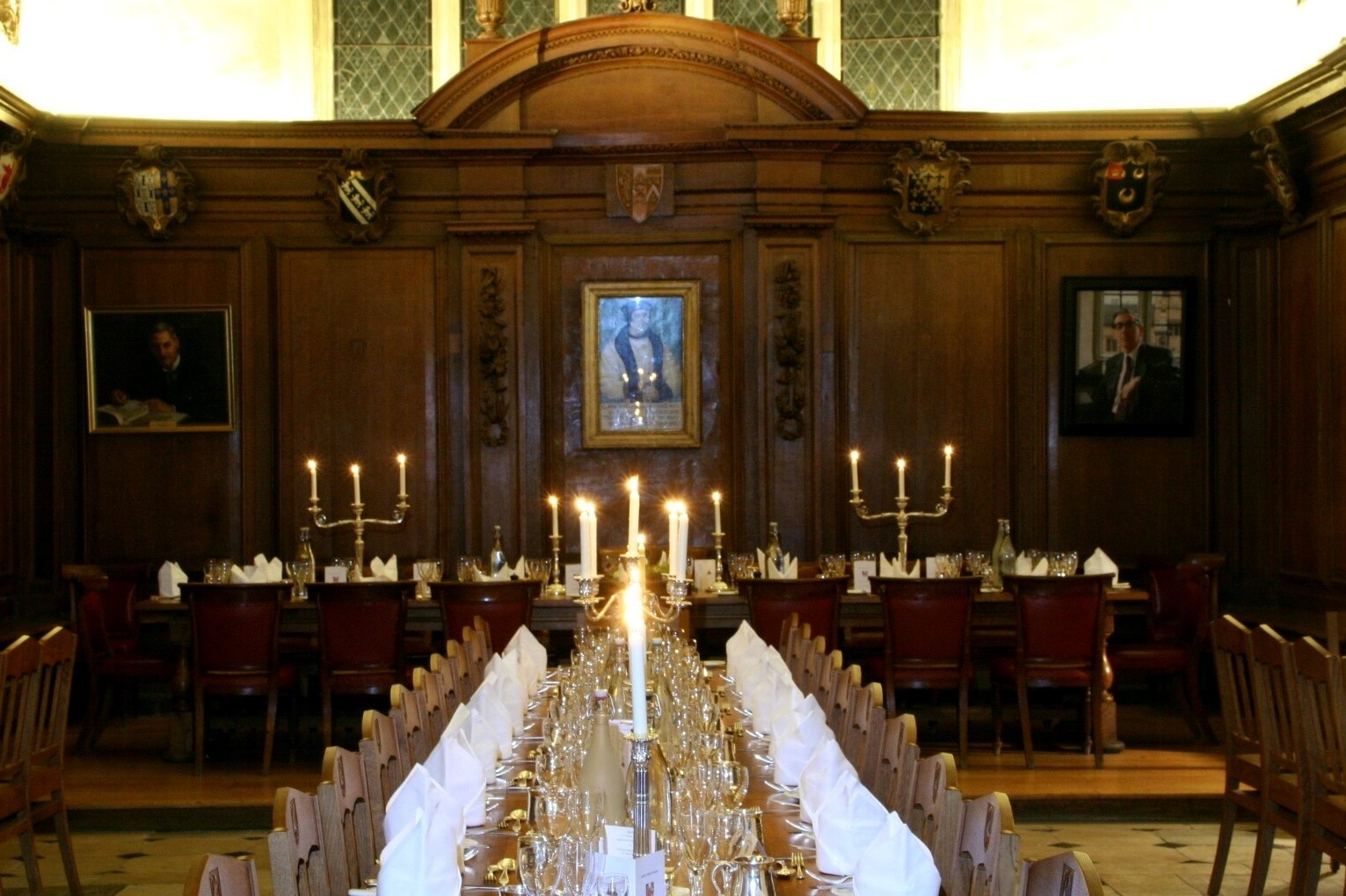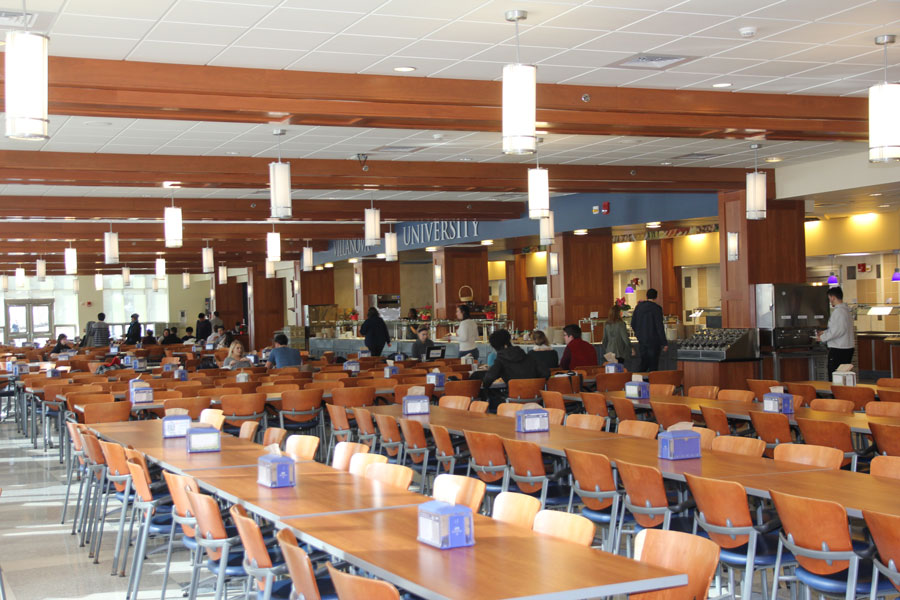The parlor was once a popular name for the dining room, especially in Victorian times. It evokes images of elegance and sophistication, with its ornate furnishings and fine china on display. The parlor was a place for formal dinner parties and special occasions, where guests would gather to dine and engage in polite conversation.Parlor
A salon is another term that was commonly used for the dining room. It comes from the French word for "living room," and was typically used by the upper class. The salon was a place for hosting intimate gatherings and showcasing one's wealth and taste through lavish meals and decor.Salon
The banquet hall is a term that conjures up images of grandeur and extravagance. It was often used to describe the dining rooms of castles and palaces, where large feasts and celebrations were held. Today, it is still used for formal events and weddings.Banquet Hall
A feasting hall is another term that brings to mind images of medieval banquets and royal feasts. It was a place for indulging in rich and abundant meals, often accompanied by entertainment and merriment. While not as commonly used today, it still holds a certain charm and allure.Feasting Hall
The mess hall is a more casual name for the dining room, often used in military or institutional settings. It was a place for soldiers or students to gather and eat their meals together. The term mess refers to the group of people who eat together, rather than the actual state of the room.Mess Hall
The refectory is a term that originated from monasteries and religious institutions, where it was used to describe the dining hall for the clergy. It comes from the Latin word reficere, meaning "to restore," as the dining room was seen as a place for nourishment and renewal.Refectory
The eating room is a straightforward and simple name for the dining room. It was commonly used in the 19th century and is still used today in some households. It lacks the formality and grandeur of other names on this list, but it gets the job done.Eating Room
The supper room was often used to describe a smaller, more intimate dining room, used for informal meals and gatherings. It was a place for family dinners and casual entertaining, with a cozy and comfortable atmosphere.Supper Room
Similar to the supper room, the breakfast room was a smaller dining area used for the first meal of the day. It was often located near the kitchen, making it convenient for quick and easy breakfasts. Today, it is still a popular name for smaller dining rooms or breakfast nooks.Breakfast Room
Last but not least, we have the dining hall, a term that is still widely used today. It is a simple and straightforward name that accurately describes the function of the room - a place for dining. It is often used in institutional settings such as schools or hospitals, but can also be used for larger and more formal dining spaces.Dining Hall
The Evolution of Dining Rooms: From Great Halls to Modern Kitchens

The Great Hall: The First Dining Room
 In the early days of house design, the dining room was simply known as the "great hall." This was a grand and versatile room that served as the central gathering space for the entire household. The great hall was used for everything from dining to entertaining guests to conducting business. It was often the largest and most impressive room in the house, with high ceilings, large windows, and elaborate decorations. However, as house design evolved, the need for a separate, more intimate dining space emerged.
In the early days of house design, the dining room was simply known as the "great hall." This was a grand and versatile room that served as the central gathering space for the entire household. The great hall was used for everything from dining to entertaining guests to conducting business. It was often the largest and most impressive room in the house, with high ceilings, large windows, and elaborate decorations. However, as house design evolved, the need for a separate, more intimate dining space emerged.
The Parlour: The First Private Dining Room
 During the Renaissance period, the great hall began to be divided into smaller, more specialized rooms. The parlour, also known as the "withdrawing room," was one of these new spaces. It was typically located near the entrance of the house and was used for receiving guests and hosting small dinners. This was the first private dining room, where the family could dine without the presence of servants or other household members. The parlour was often decorated with luxurious furnishings and served as a status symbol for the wealthy.
During the Renaissance period, the great hall began to be divided into smaller, more specialized rooms. The parlour, also known as the "withdrawing room," was one of these new spaces. It was typically located near the entrance of the house and was used for receiving guests and hosting small dinners. This was the first private dining room, where the family could dine without the presence of servants or other household members. The parlour was often decorated with luxurious furnishings and served as a status symbol for the wealthy.
The Buttery: The First Pantry and Dining Space for Servants
 As house design continued to evolve, a separate space for storing and preparing food was needed. This led to the creation of the "buttery," which was essentially a pantry and dining space for the servants. The name comes from the French word "bouteiller," meaning bottle, as this room was where the butler would store and serve wine. The buttery was often located near the kitchen and was a small, utilitarian space.
As house design continued to evolve, a separate space for storing and preparing food was needed. This led to the creation of the "buttery," which was essentially a pantry and dining space for the servants. The name comes from the French word "bouteiller," meaning bottle, as this room was where the butler would store and serve wine. The buttery was often located near the kitchen and was a small, utilitarian space.
The Modern Dining Room: A Space for Family and Entertaining
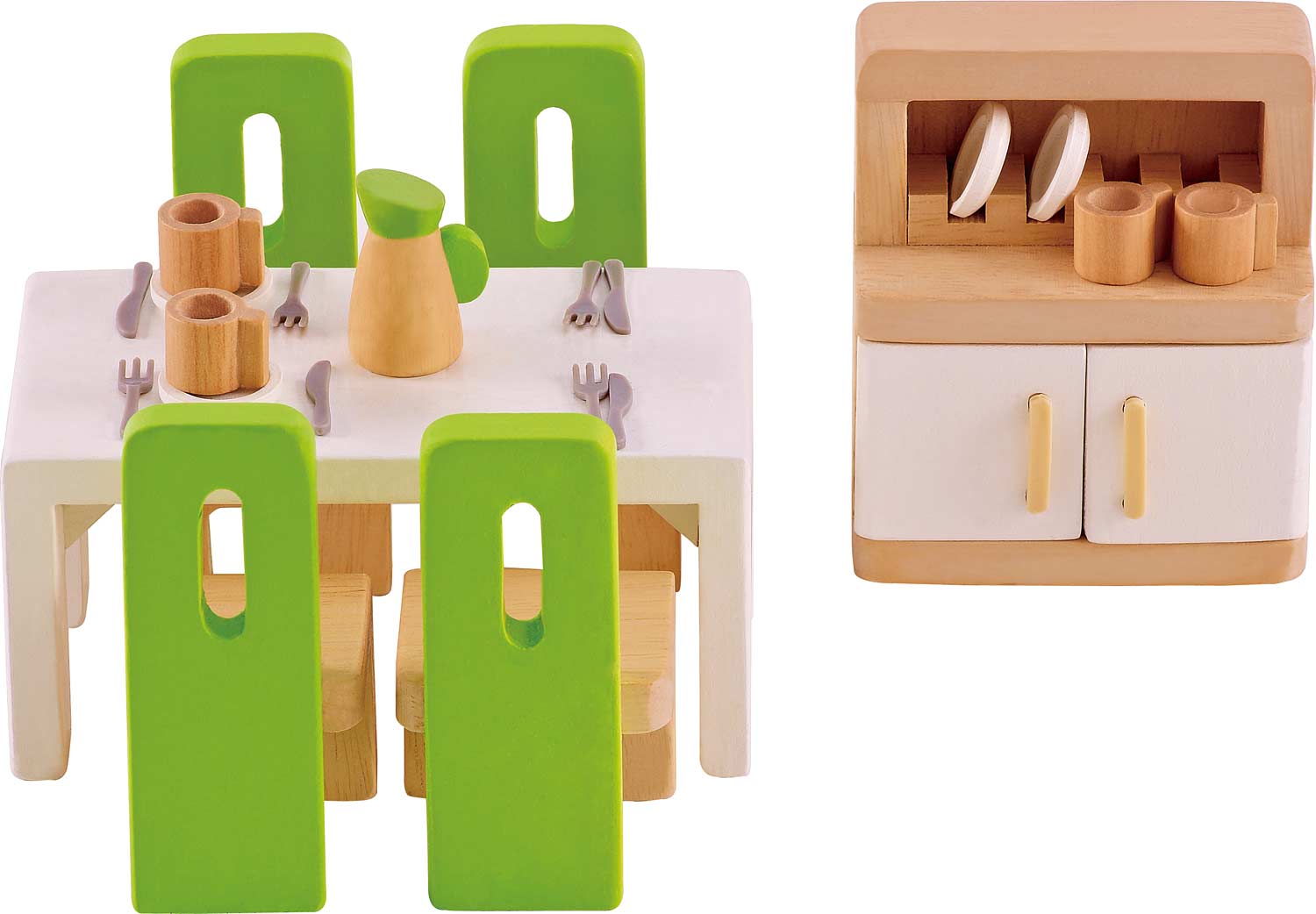 By the 18th century, the dining room as we know it today began to take shape. It was no longer just a functional space but also a reflection of the family's taste and wealth. The dining room was typically located near the kitchen for easy access to food, but also had a direct connection to the parlour for formal entertaining. It was a space for the family to gather and dine together, as well as host guests for important meals and events.
Today, the dining room continues to be an essential part of house design, but its purpose has evolved once again. With the rise of open-concept living, the dining room has become more integrated into the overall living space. It is no longer a separate, formal room, but a multi-functional space that can be used for dining, working, and entertaining. Despite its many name changes over the years, the dining room remains a central gathering space in the home, where families and friends can come together to share a meal and create lasting memories.
By the 18th century, the dining room as we know it today began to take shape. It was no longer just a functional space but also a reflection of the family's taste and wealth. The dining room was typically located near the kitchen for easy access to food, but also had a direct connection to the parlour for formal entertaining. It was a space for the family to gather and dine together, as well as host guests for important meals and events.
Today, the dining room continues to be an essential part of house design, but its purpose has evolved once again. With the rise of open-concept living, the dining room has become more integrated into the overall living space. It is no longer a separate, formal room, but a multi-functional space that can be used for dining, working, and entertaining. Despite its many name changes over the years, the dining room remains a central gathering space in the home, where families and friends can come together to share a meal and create lasting memories.



